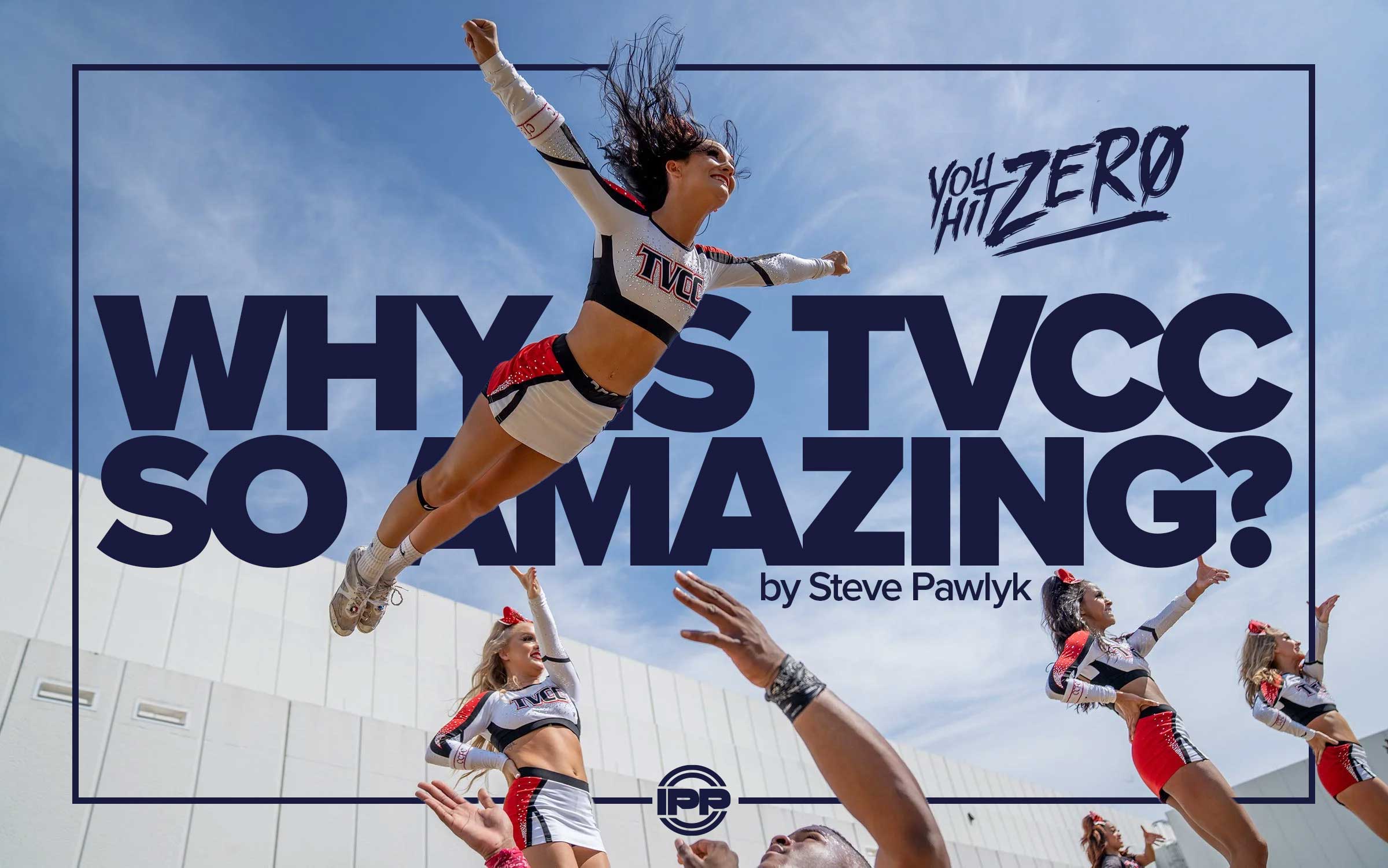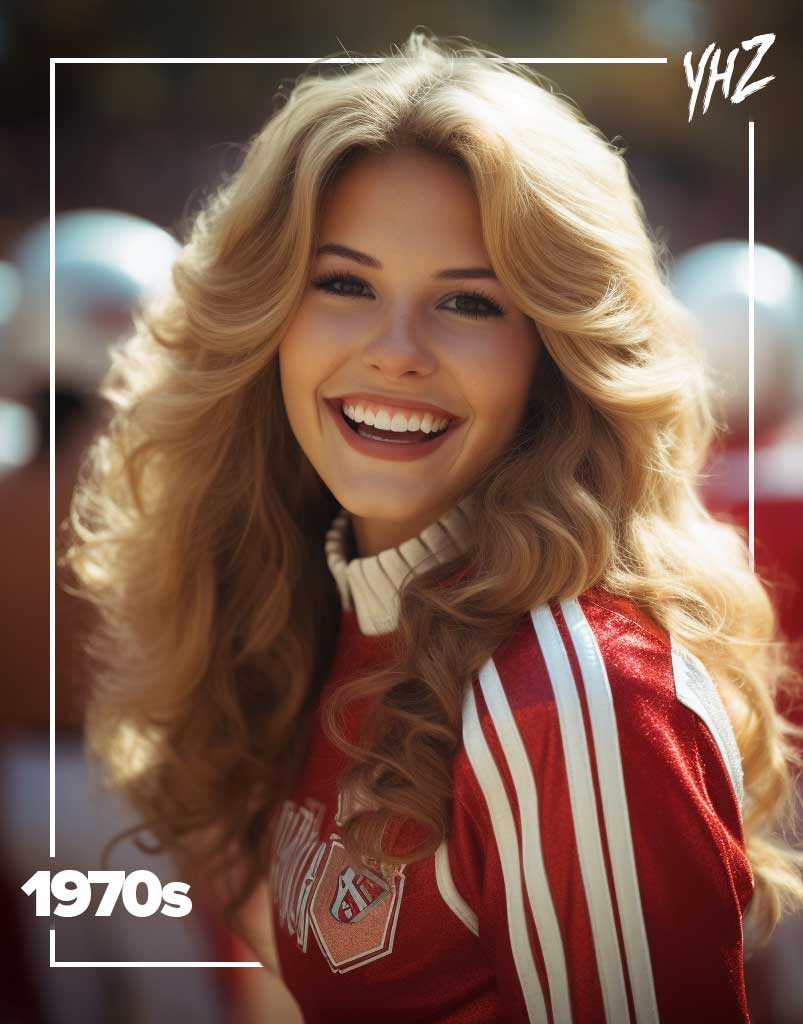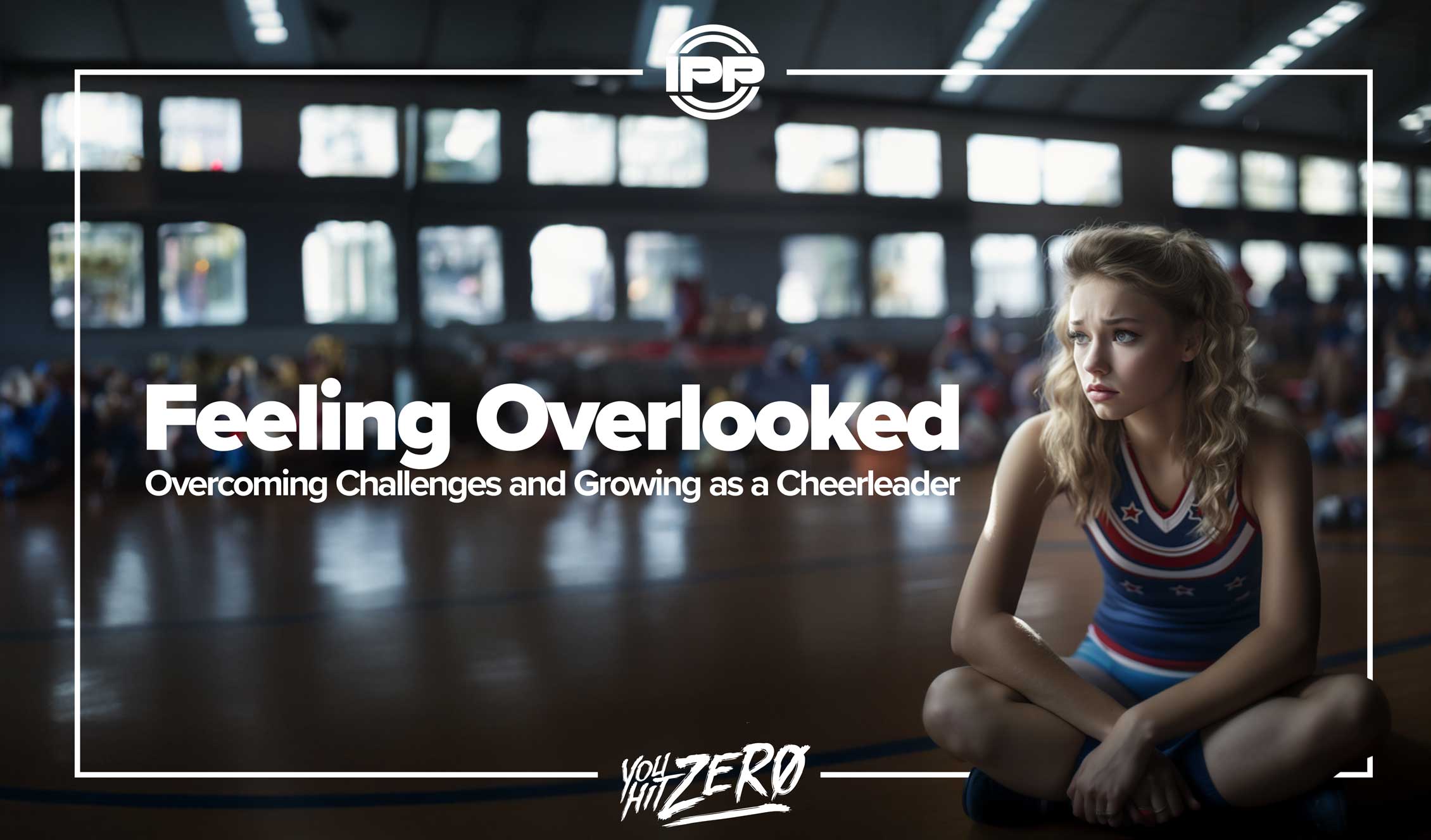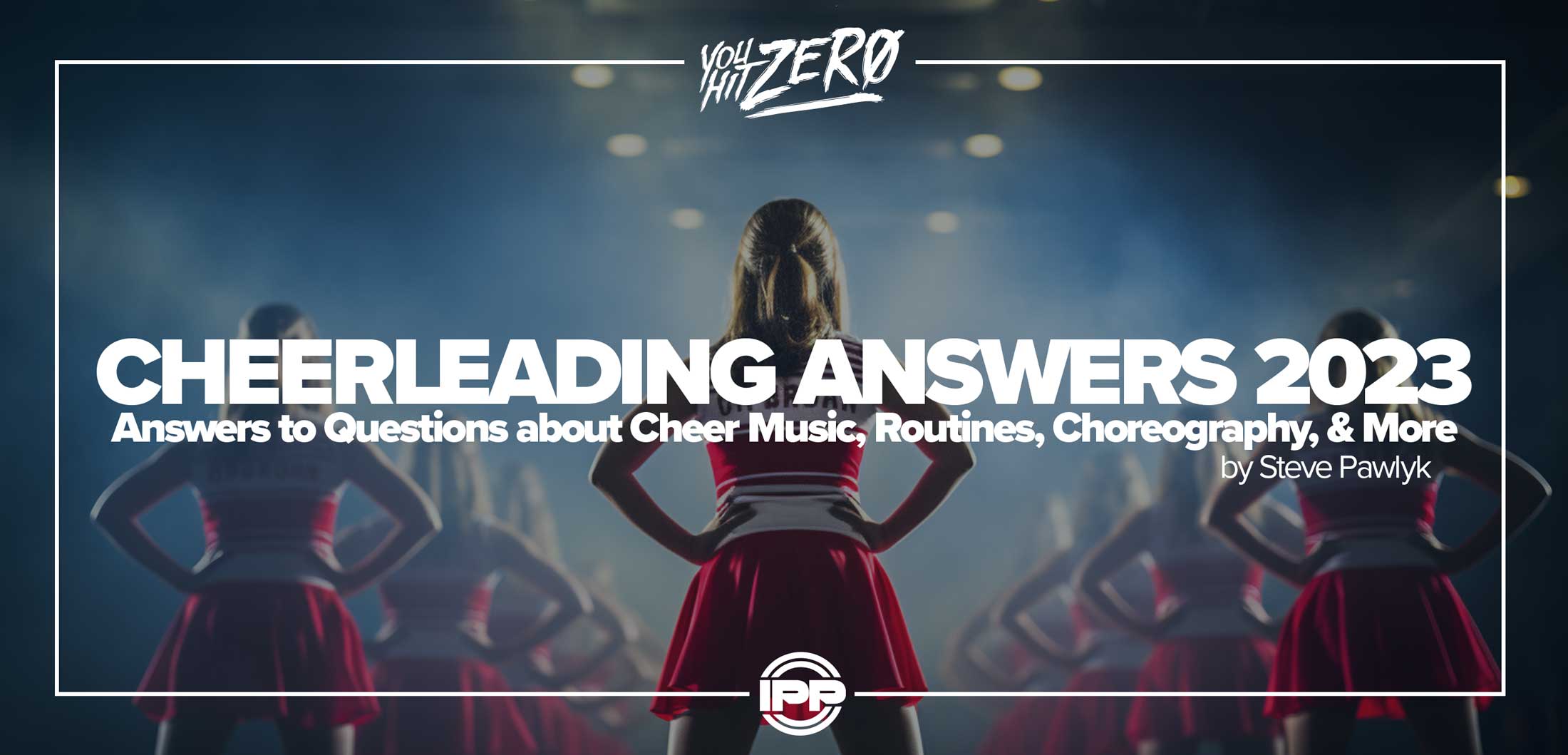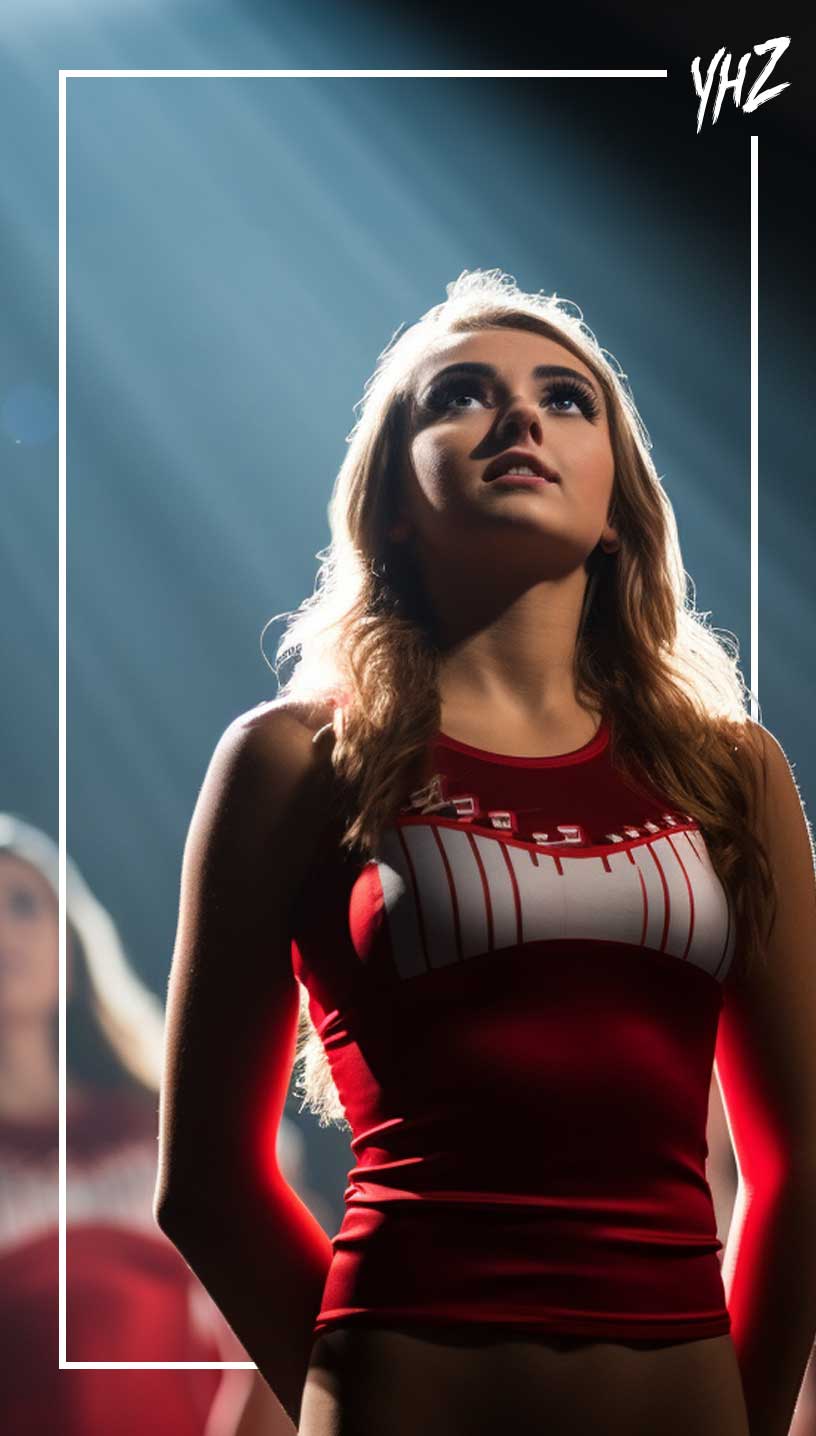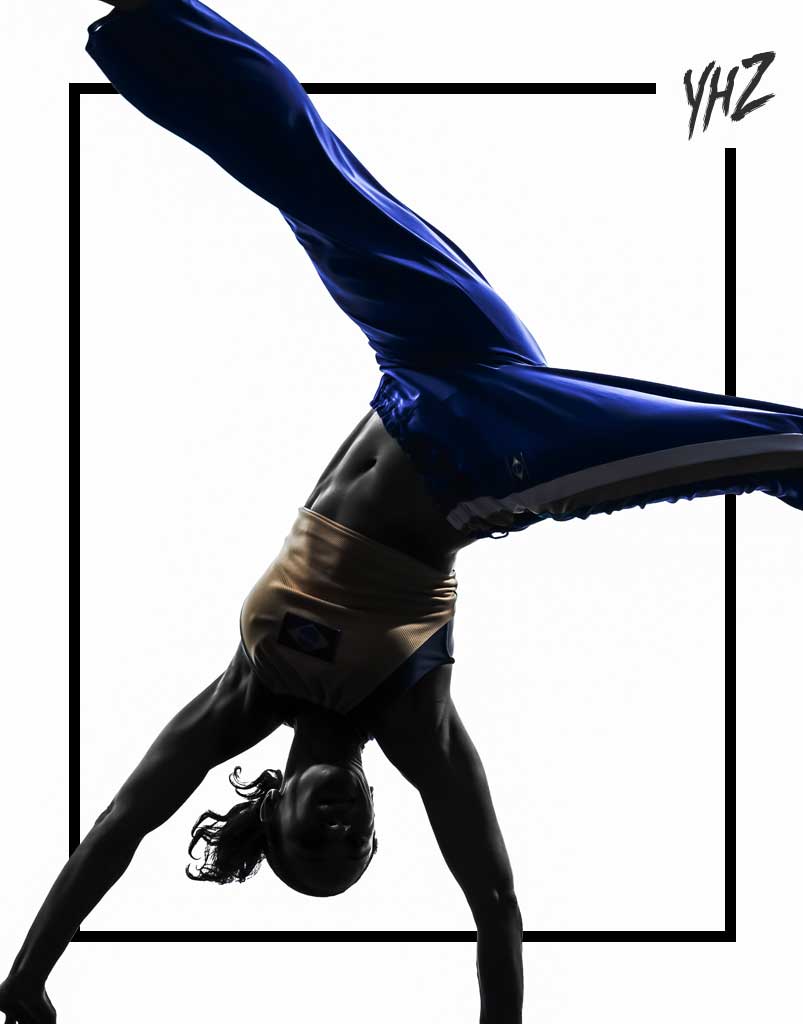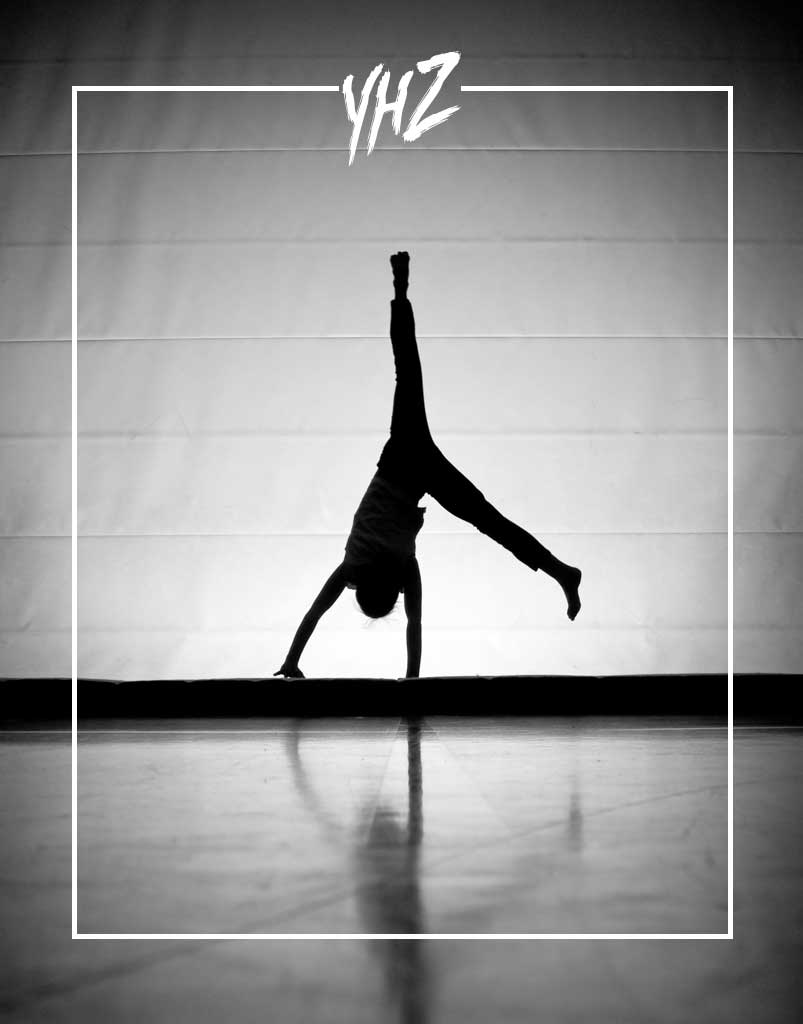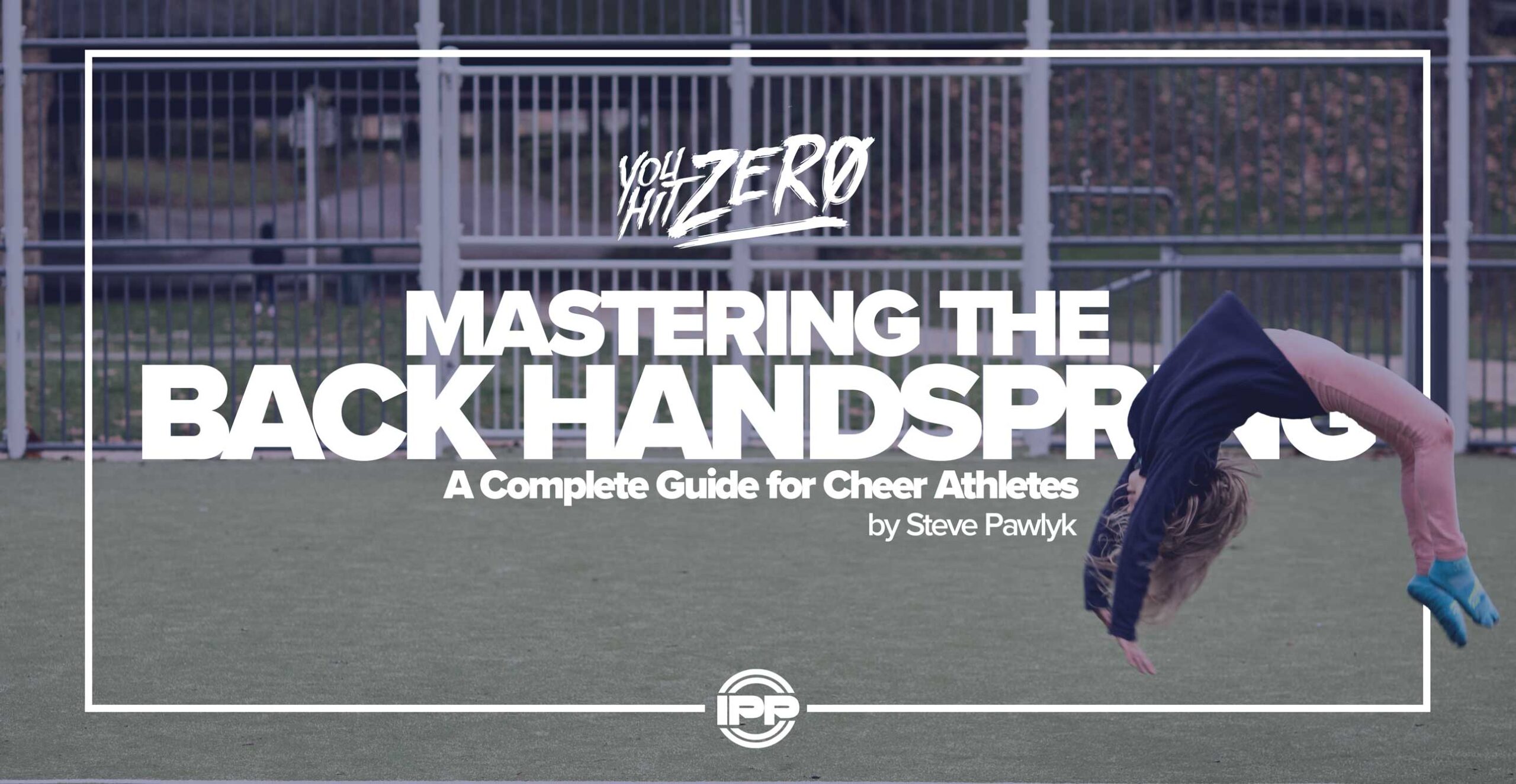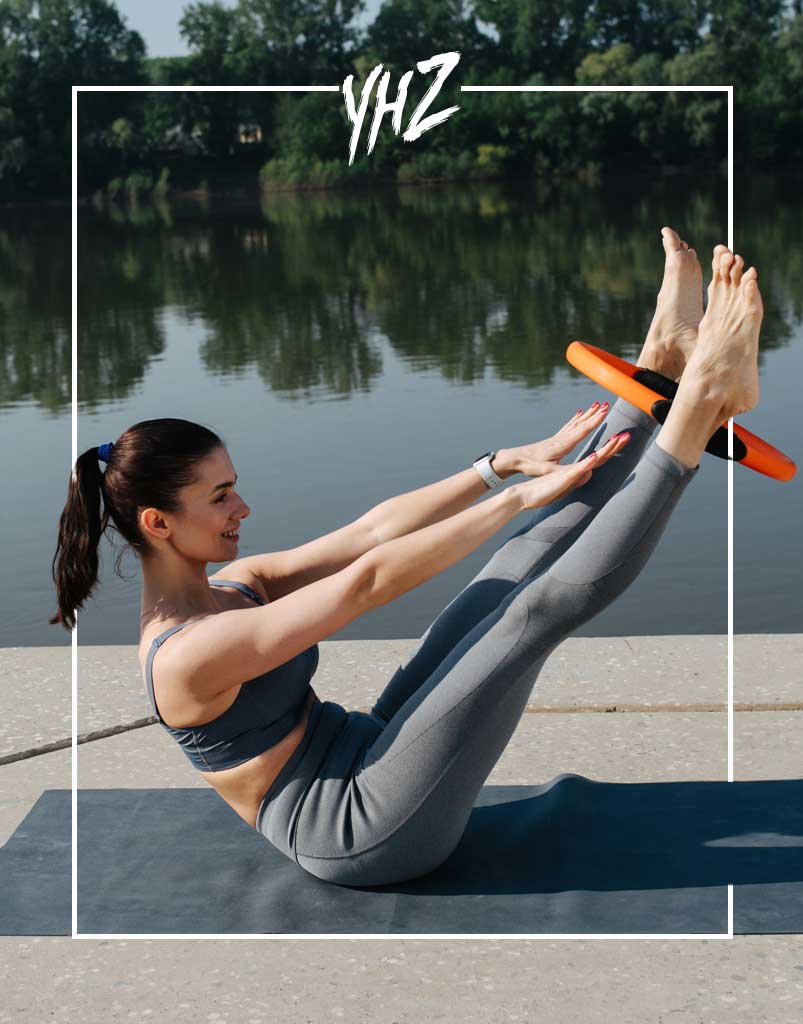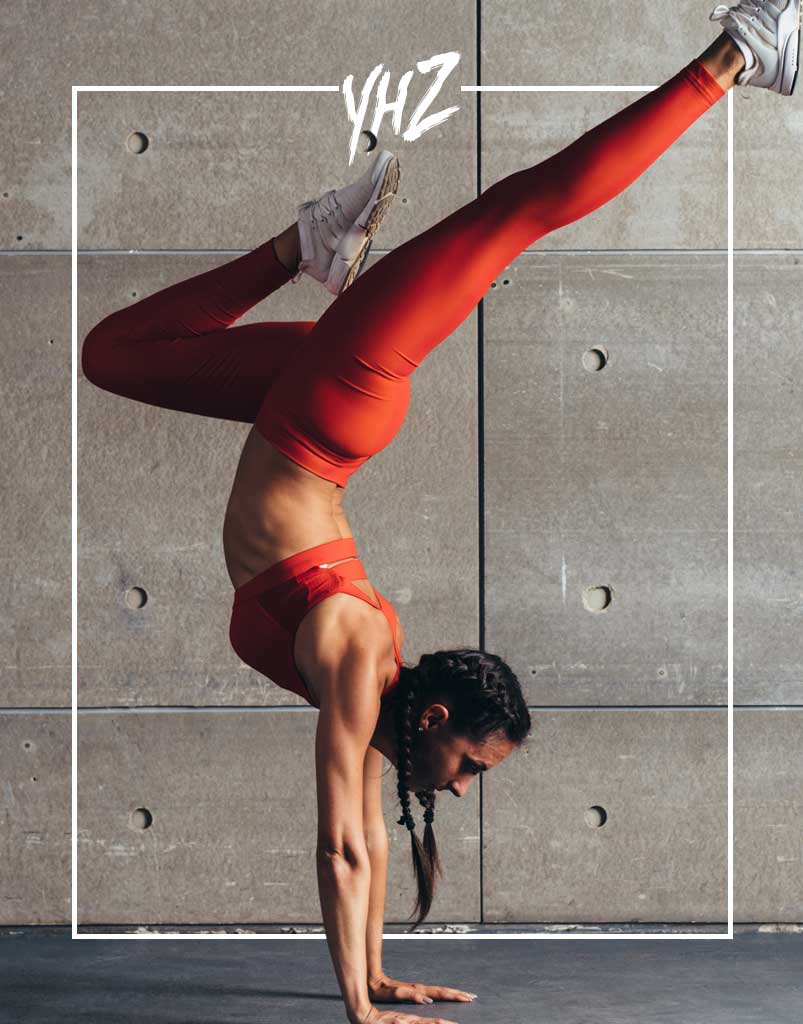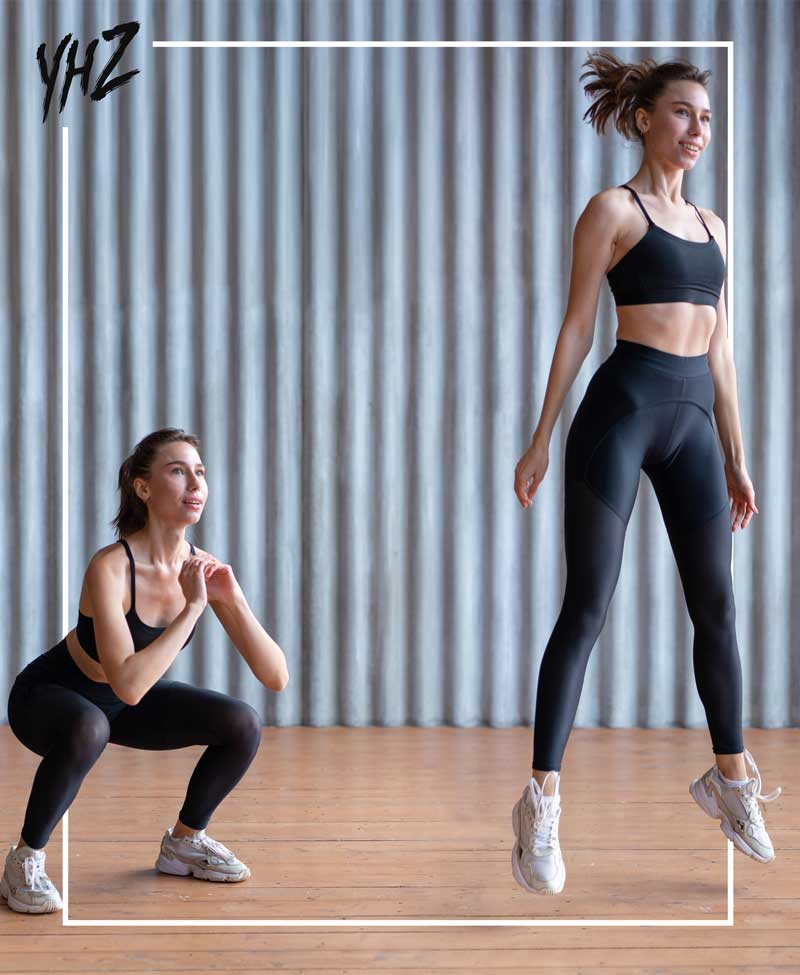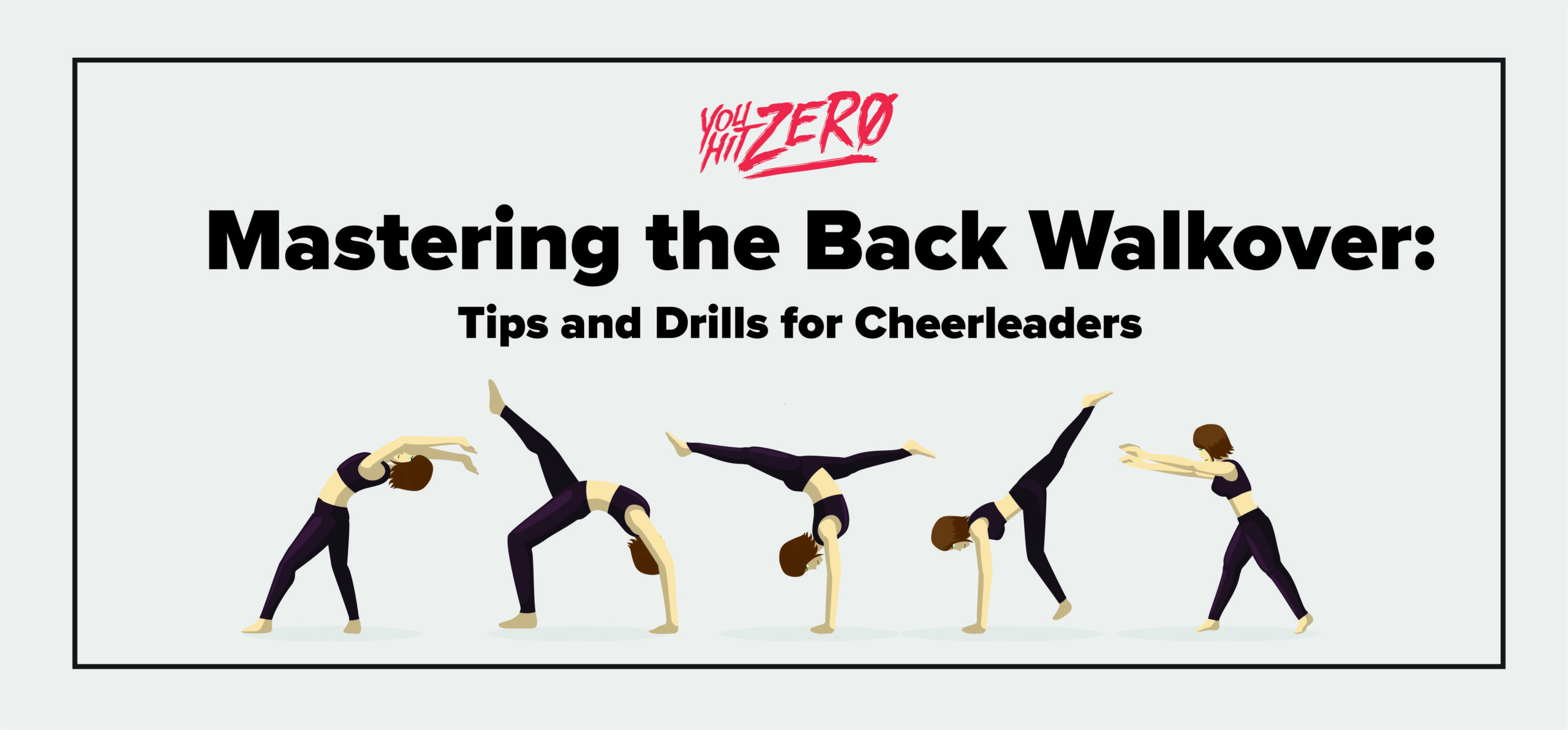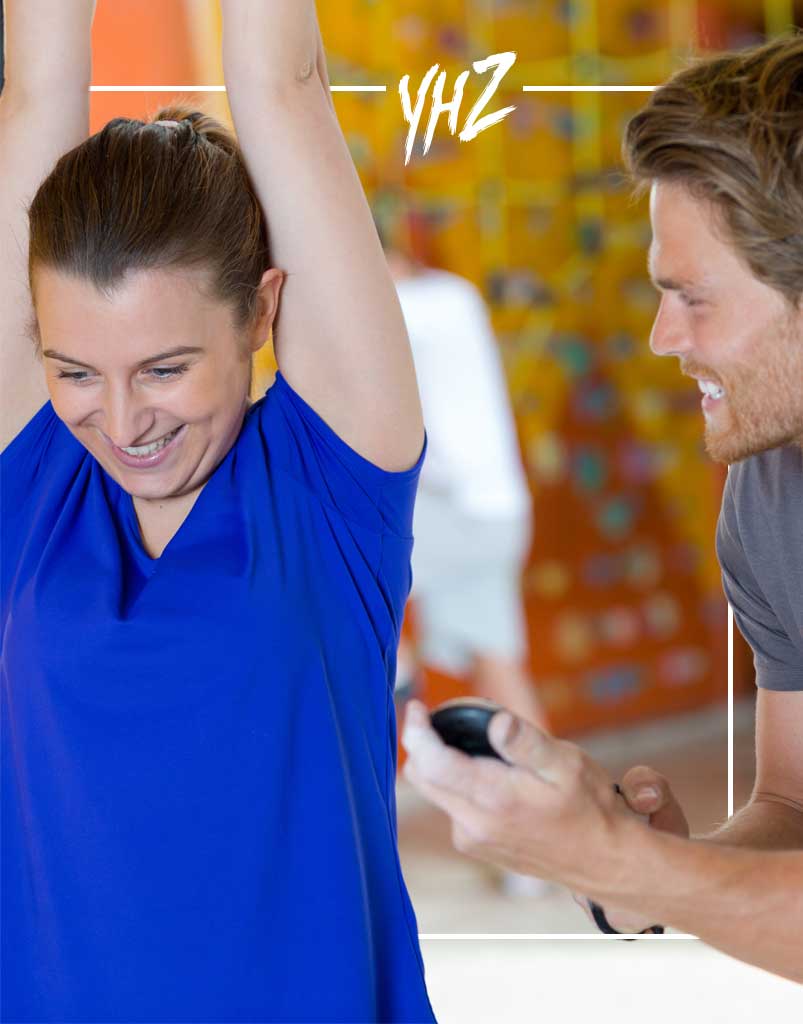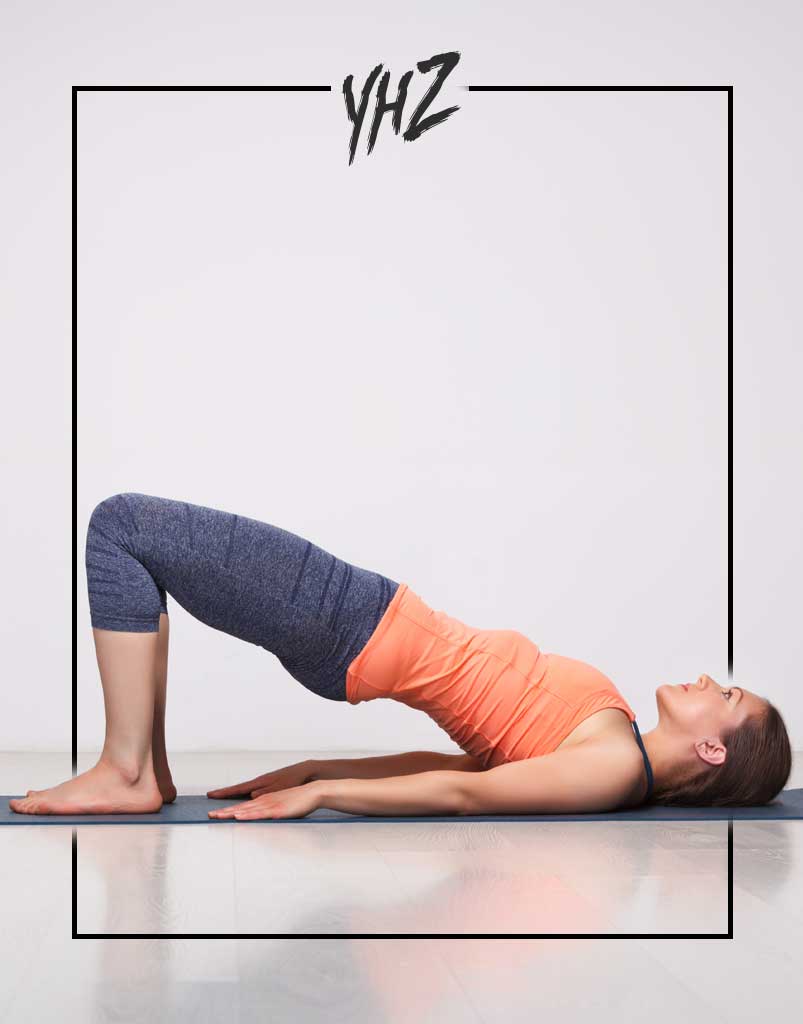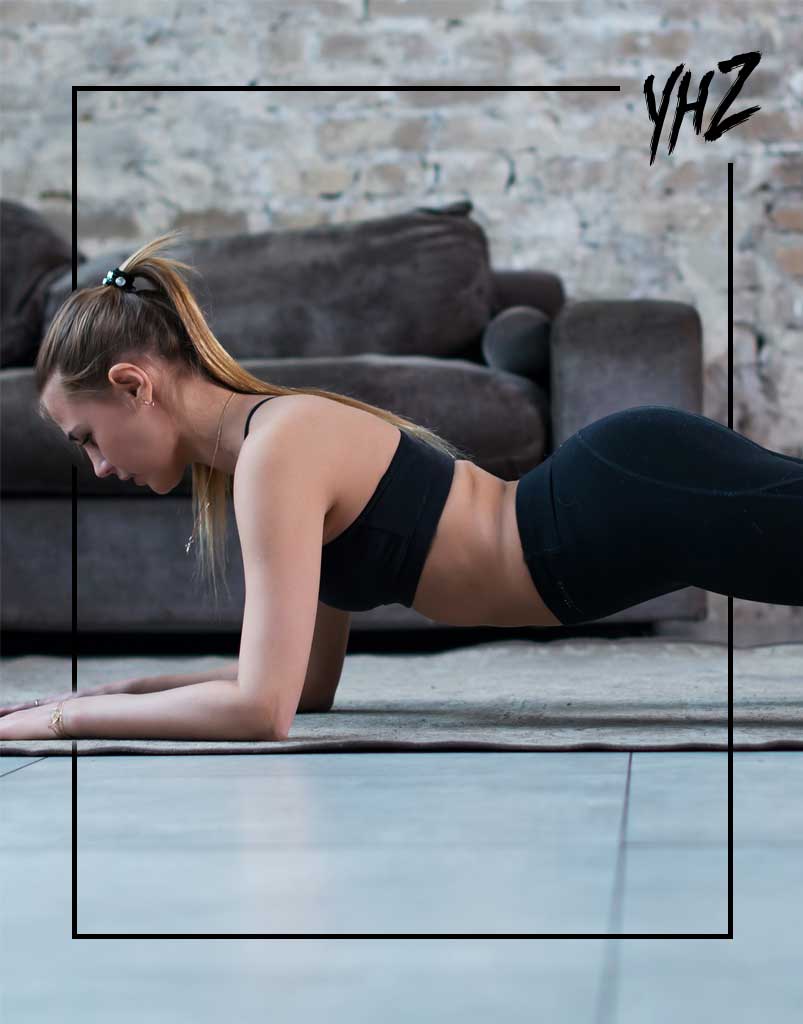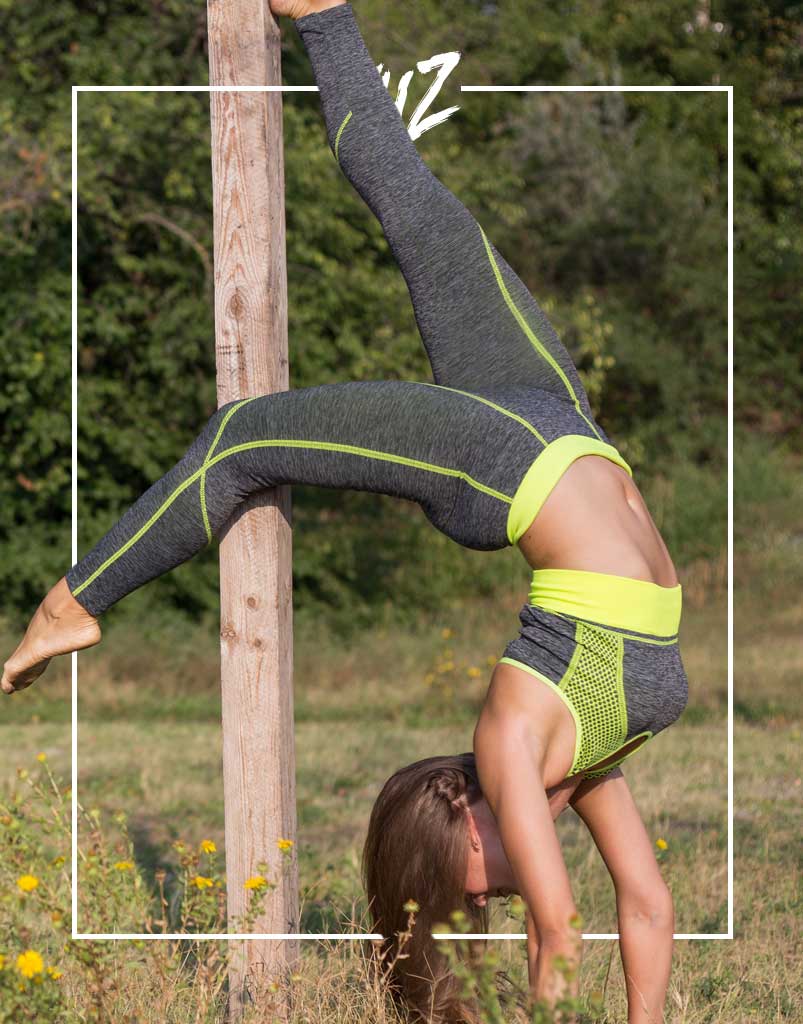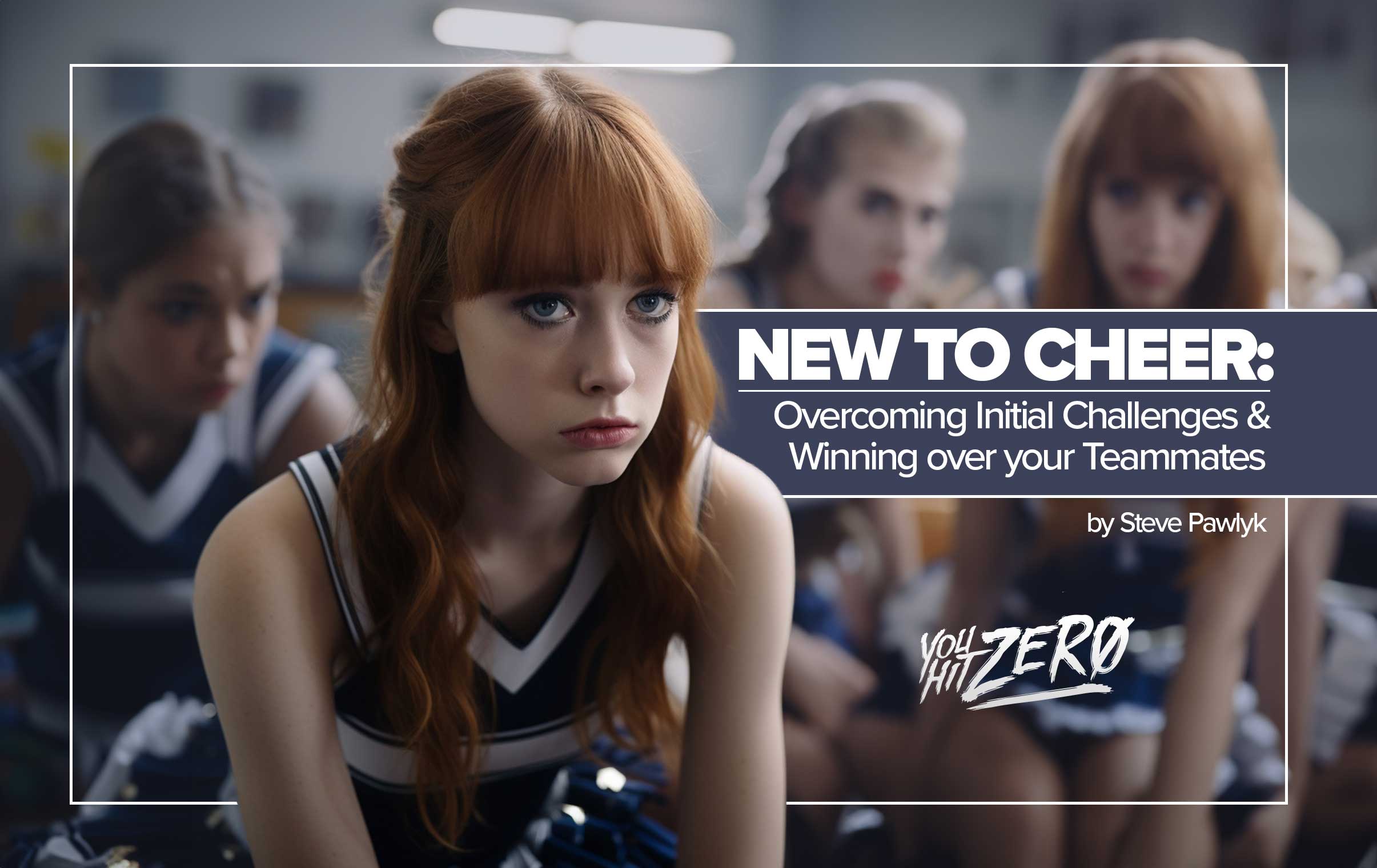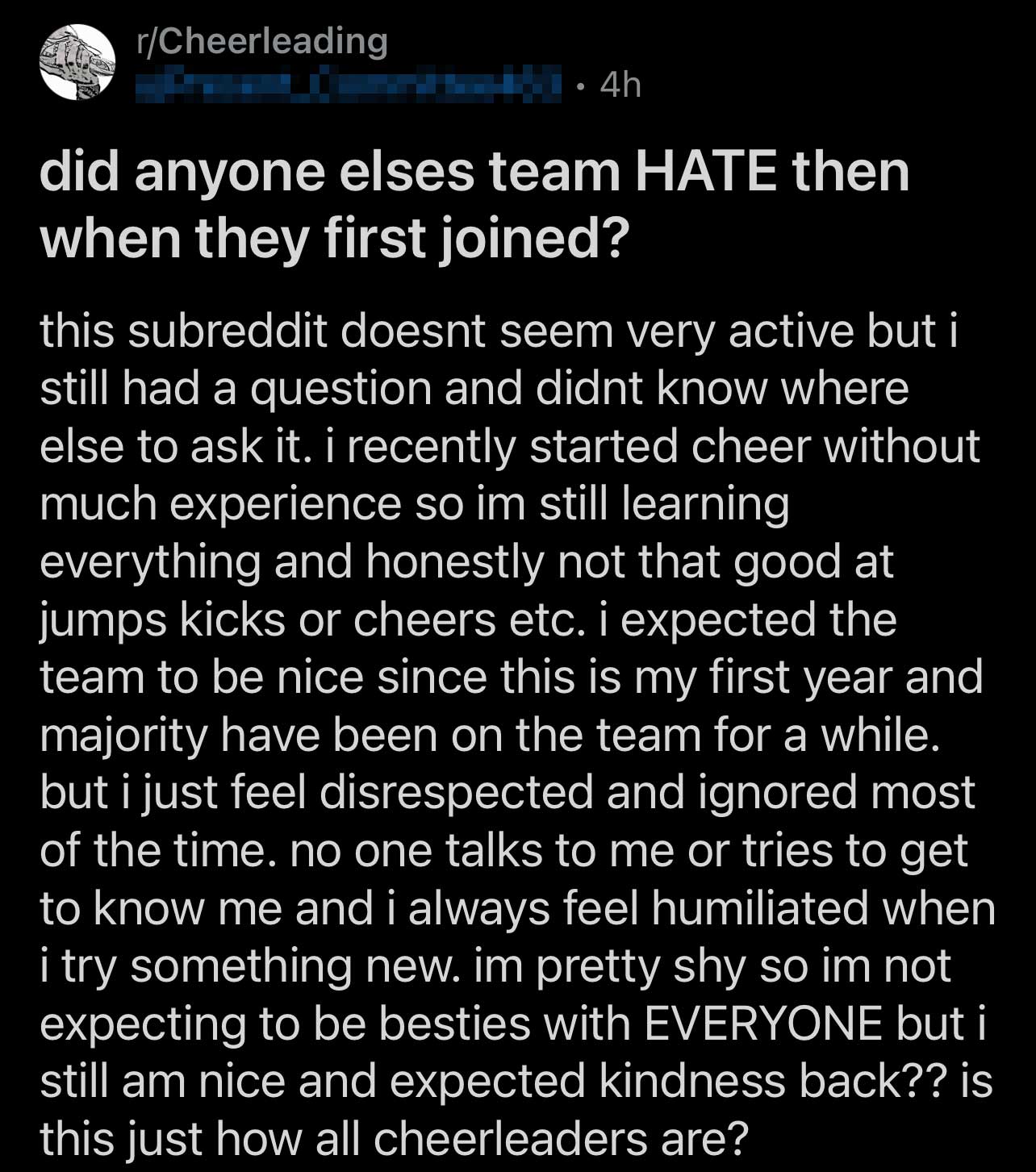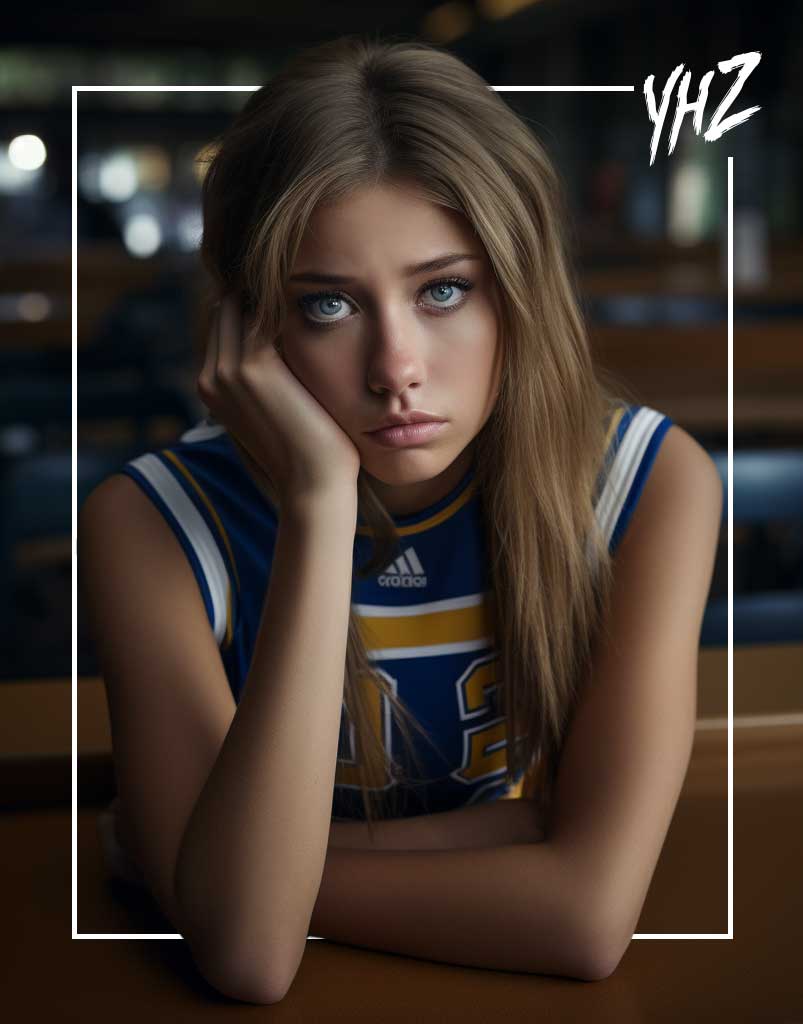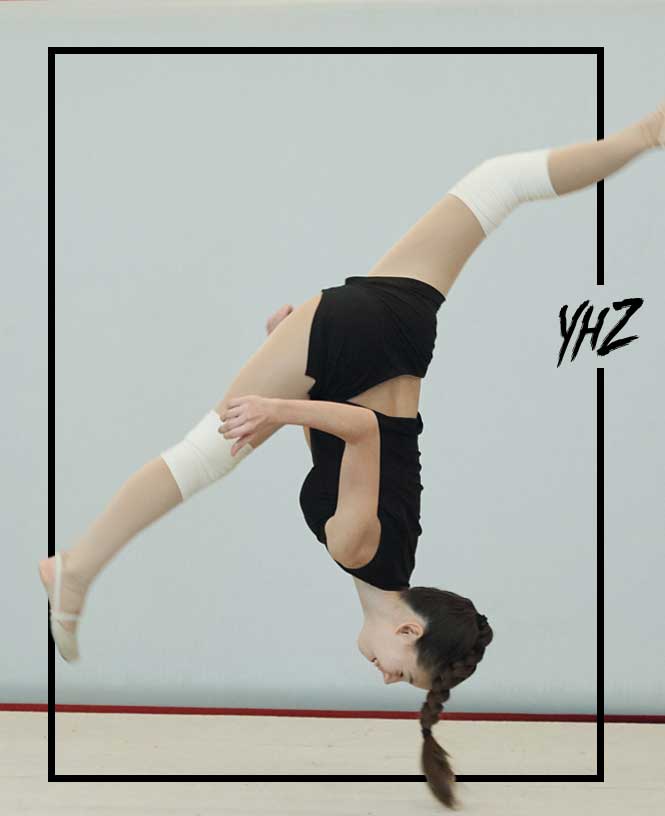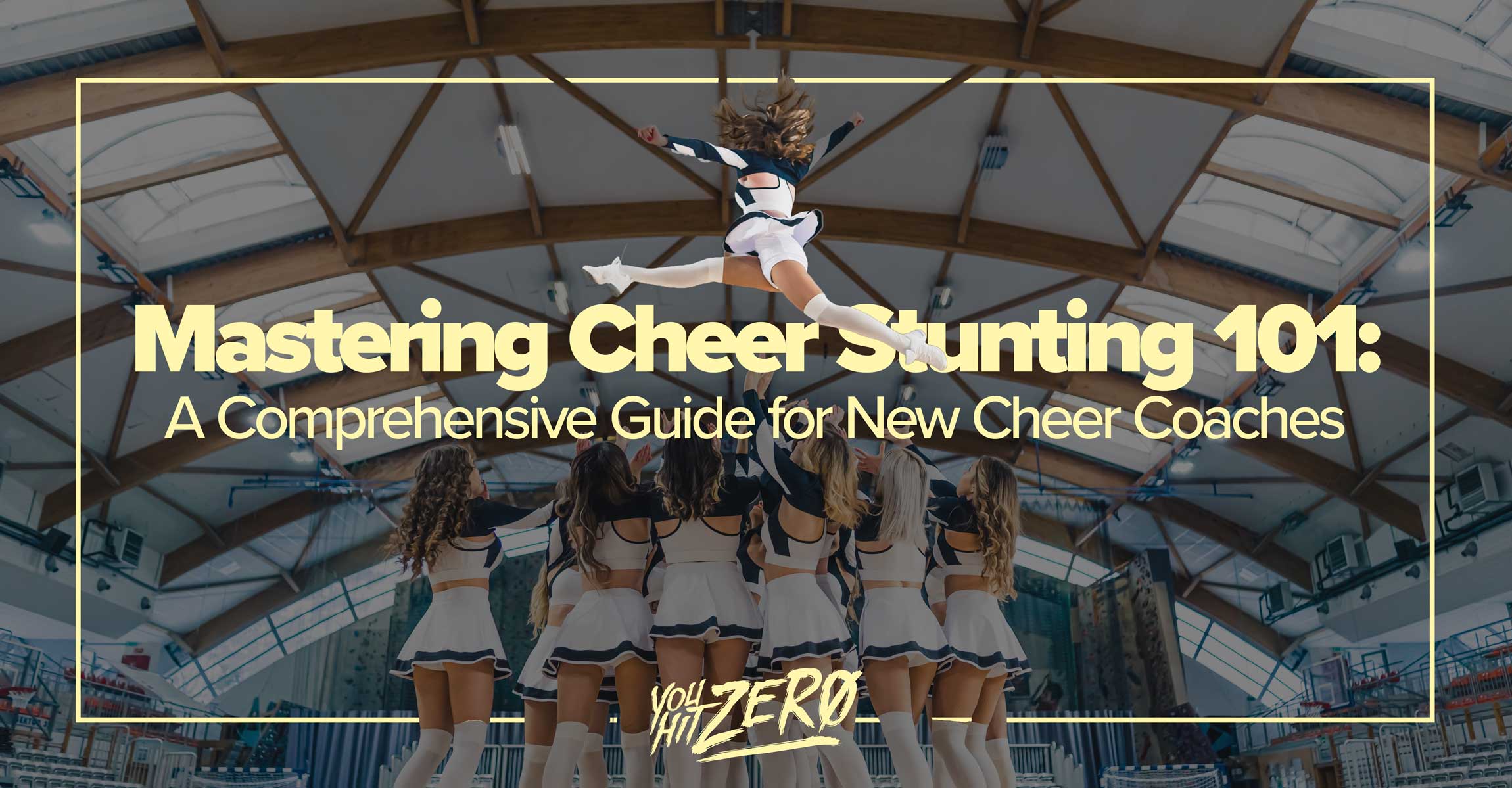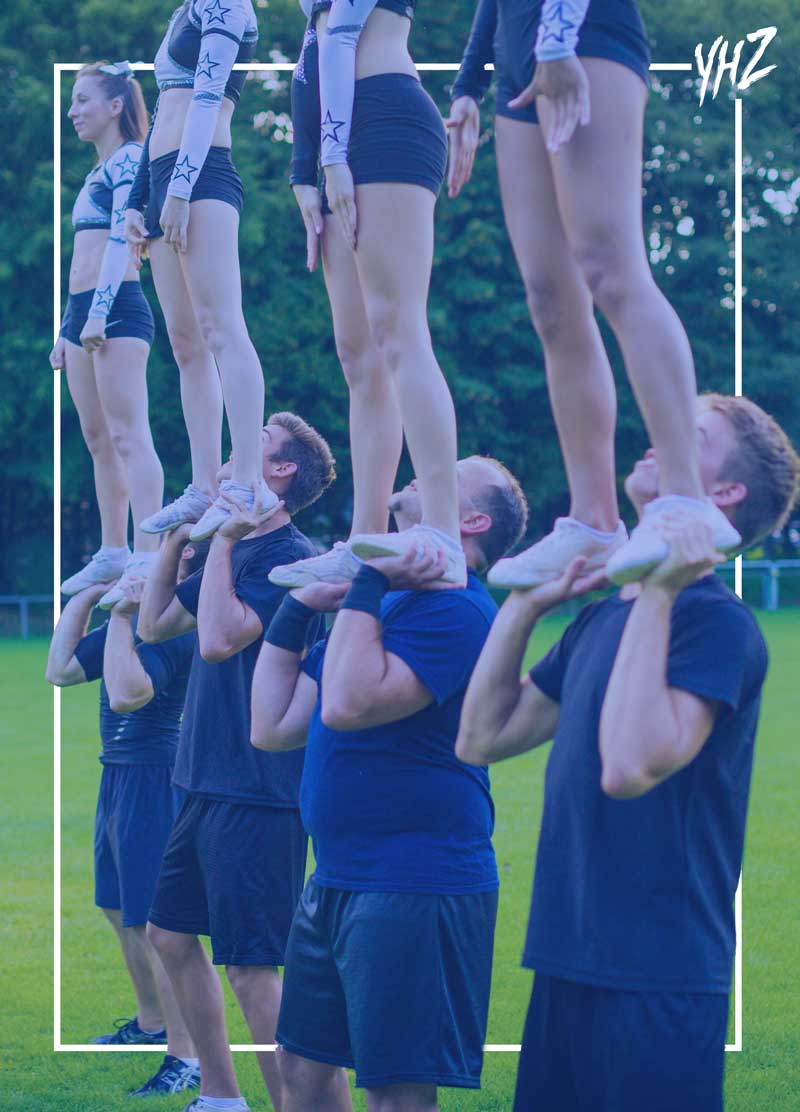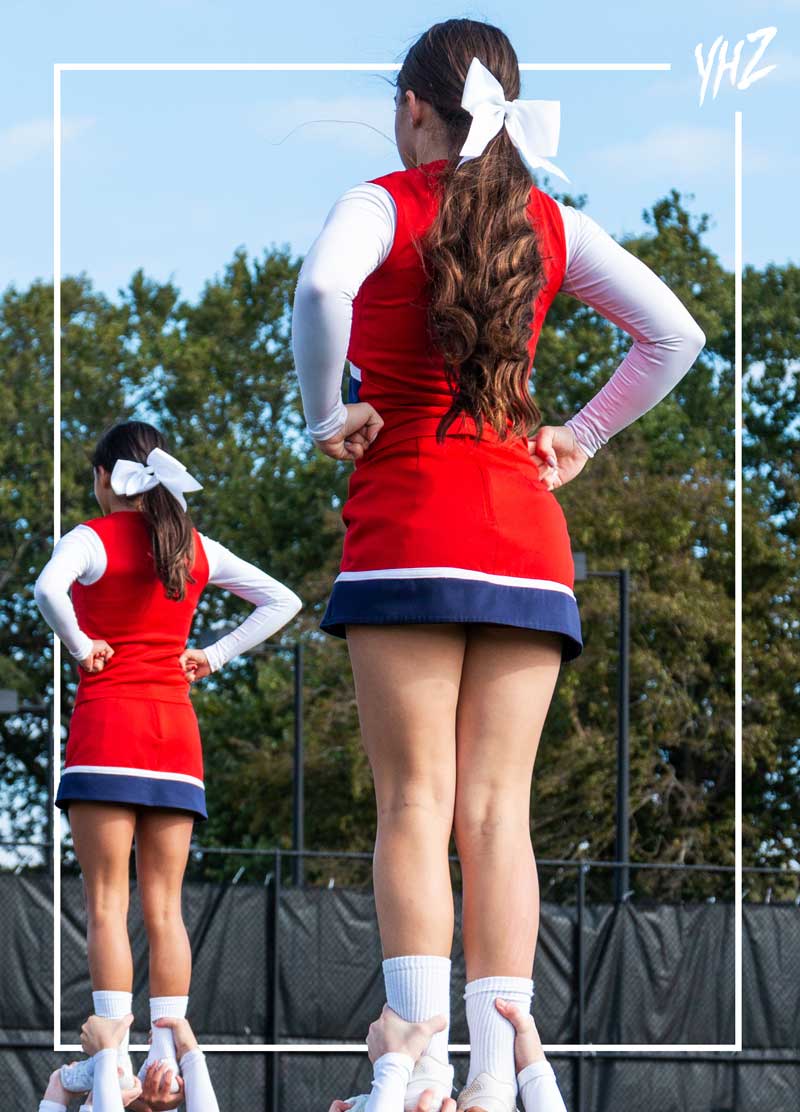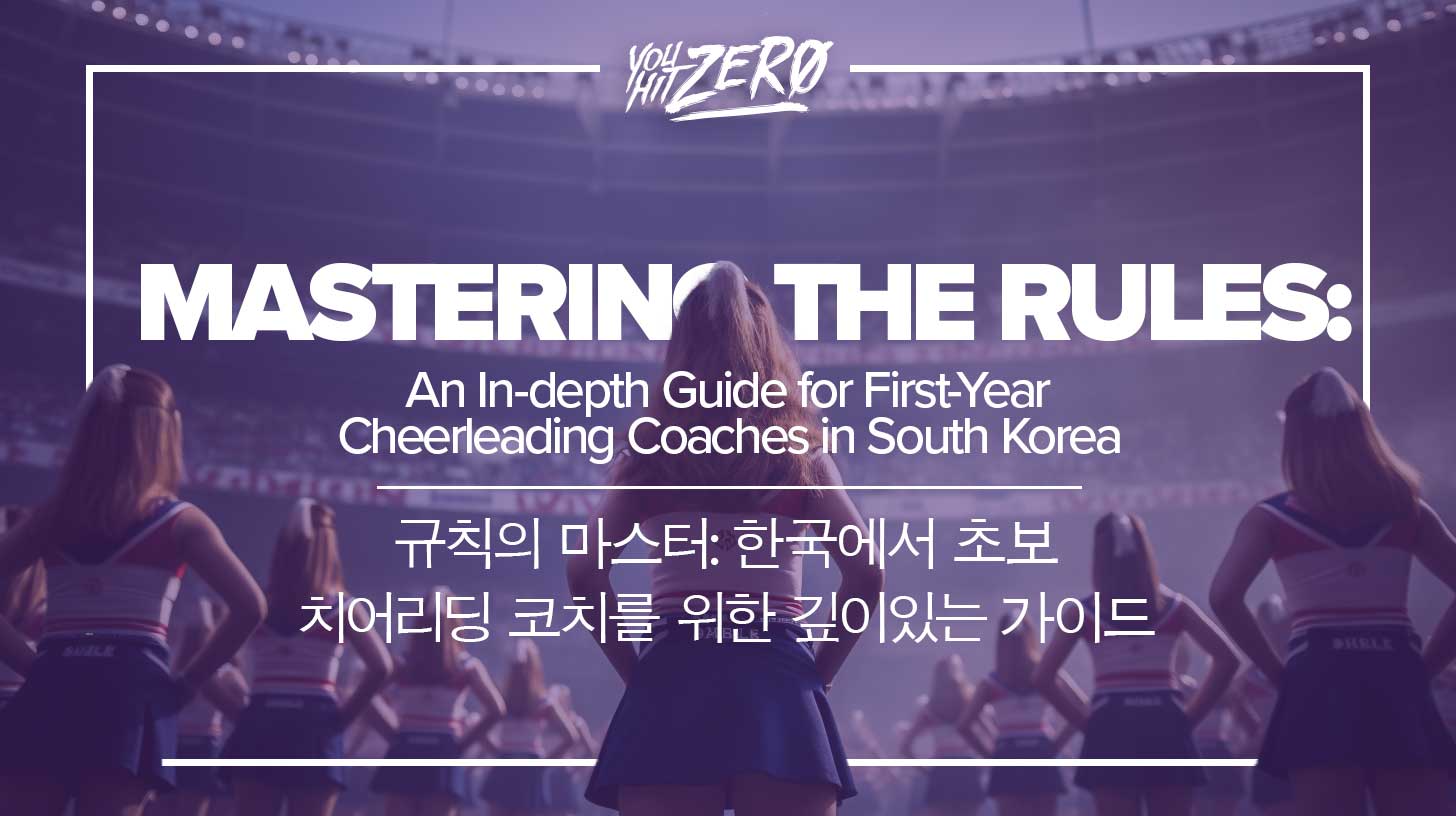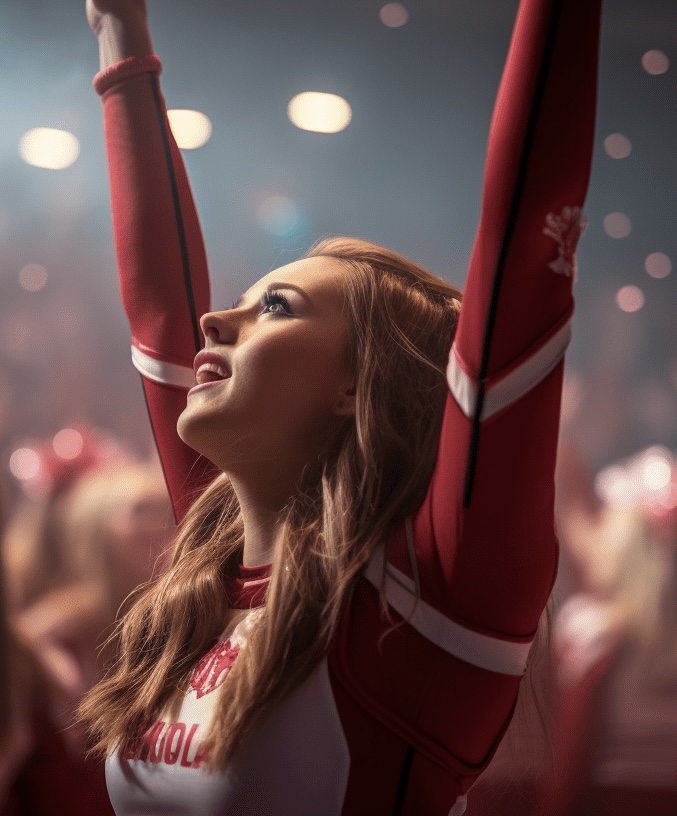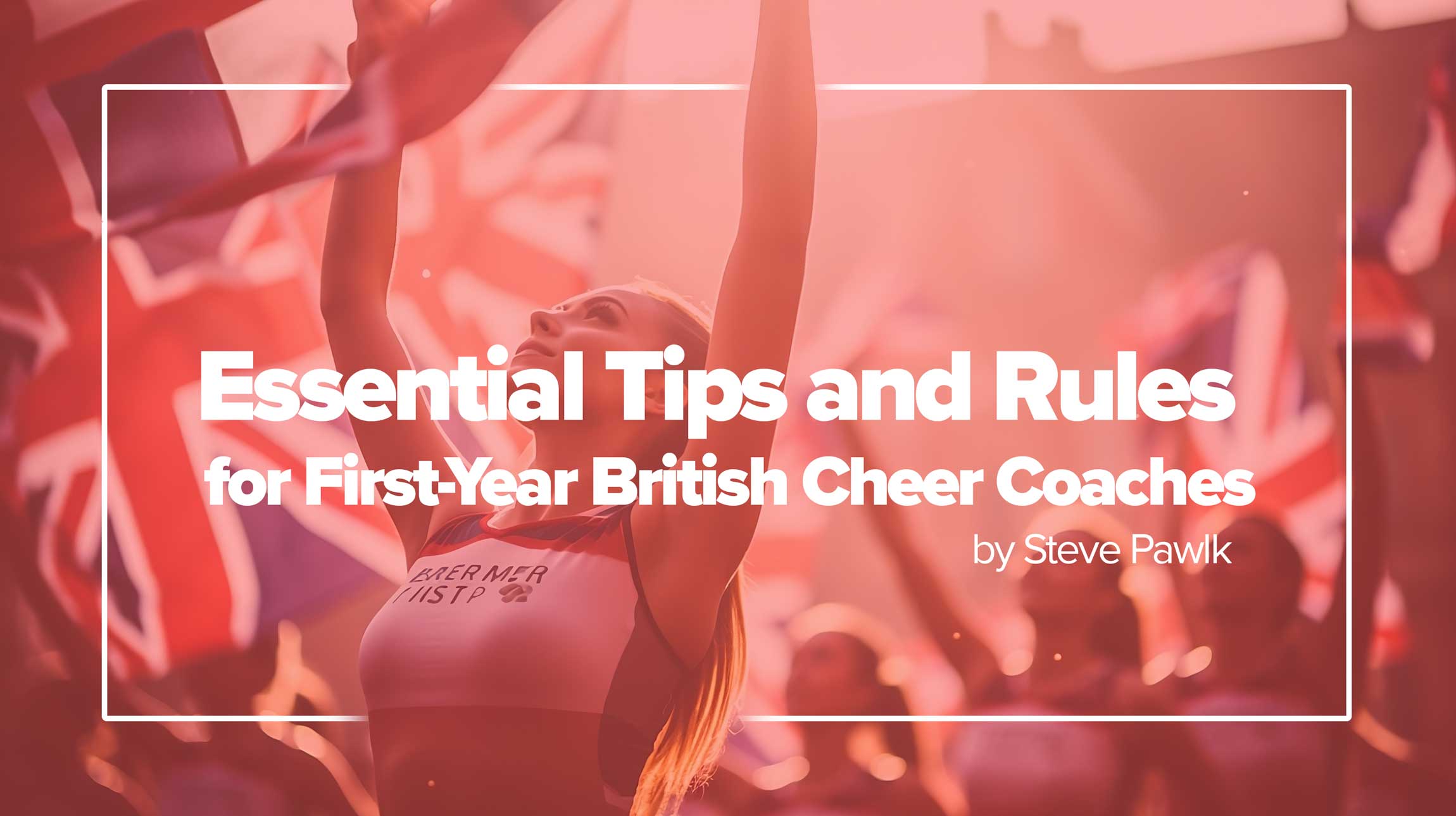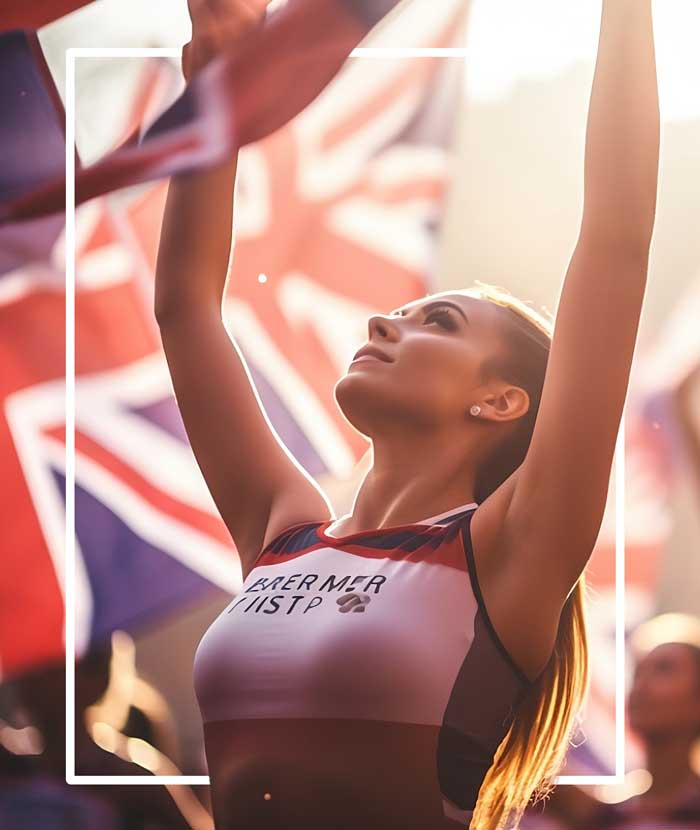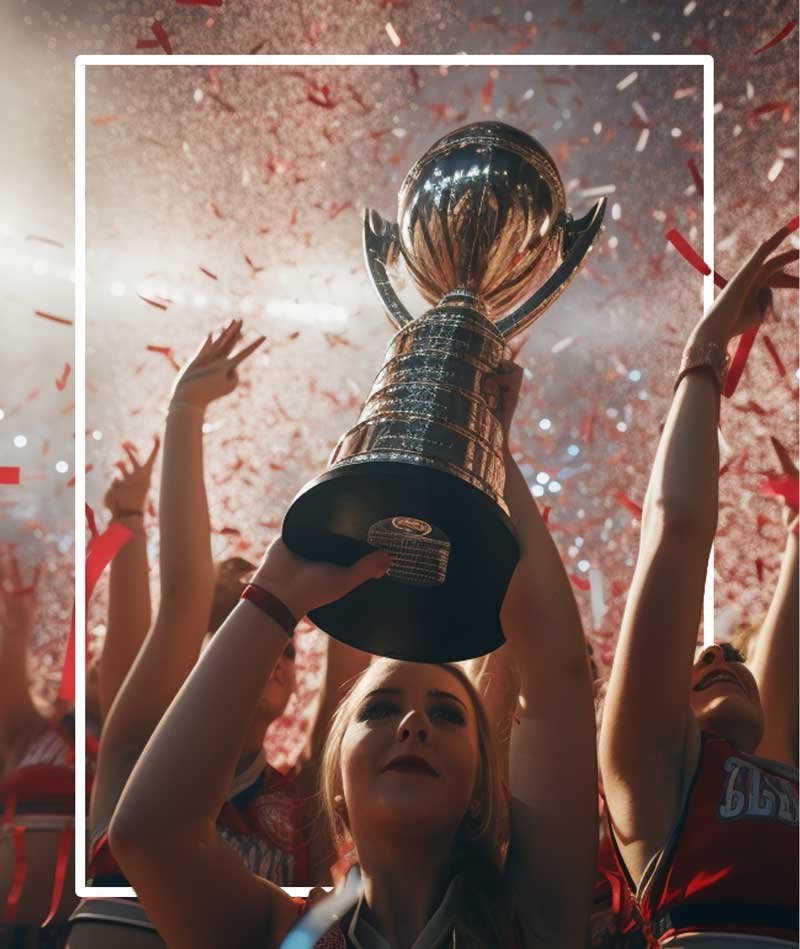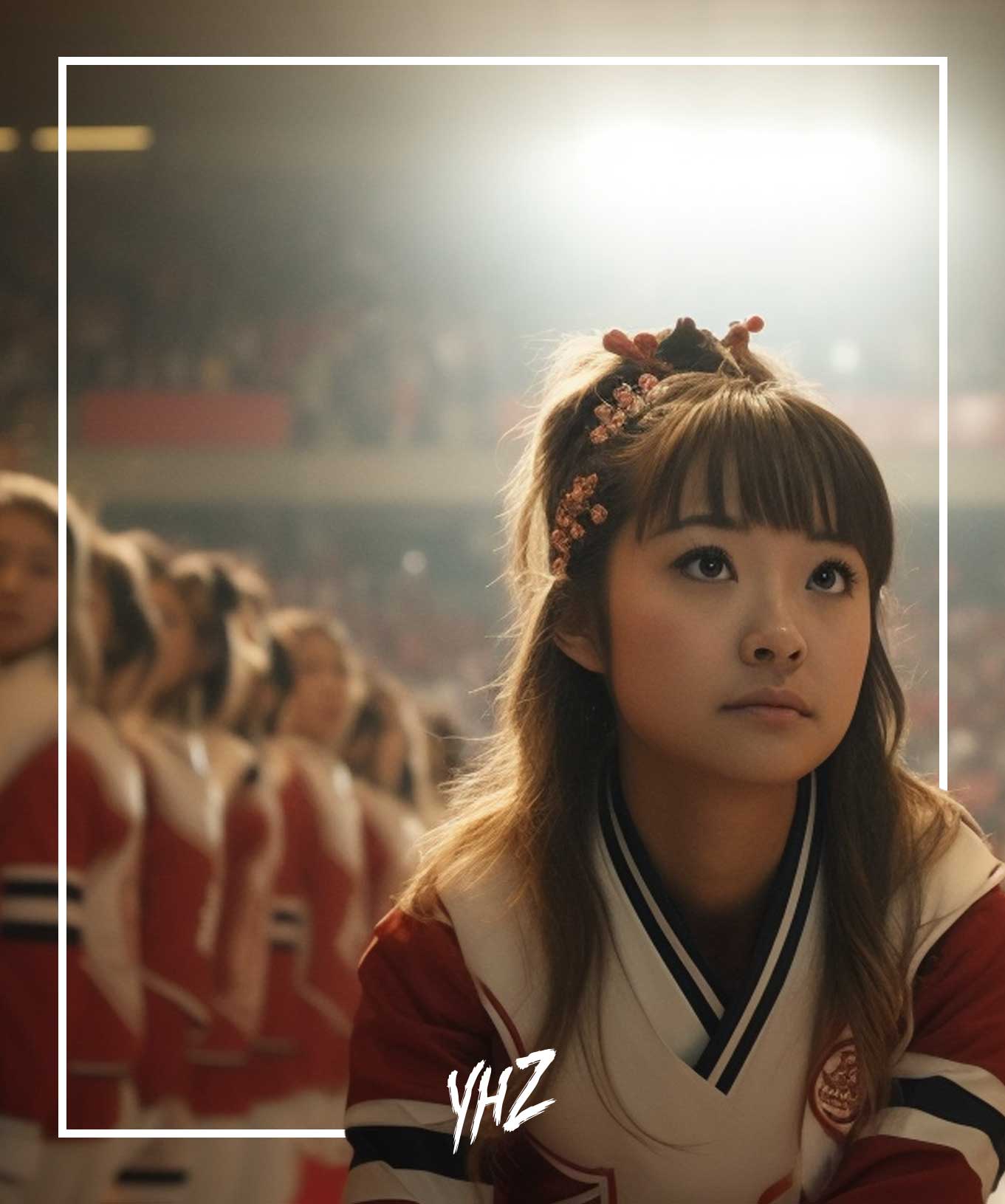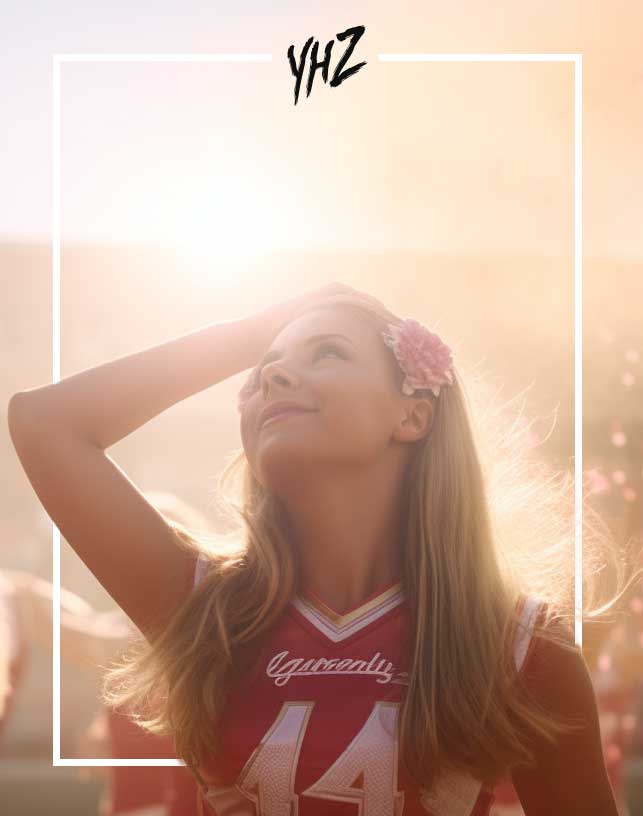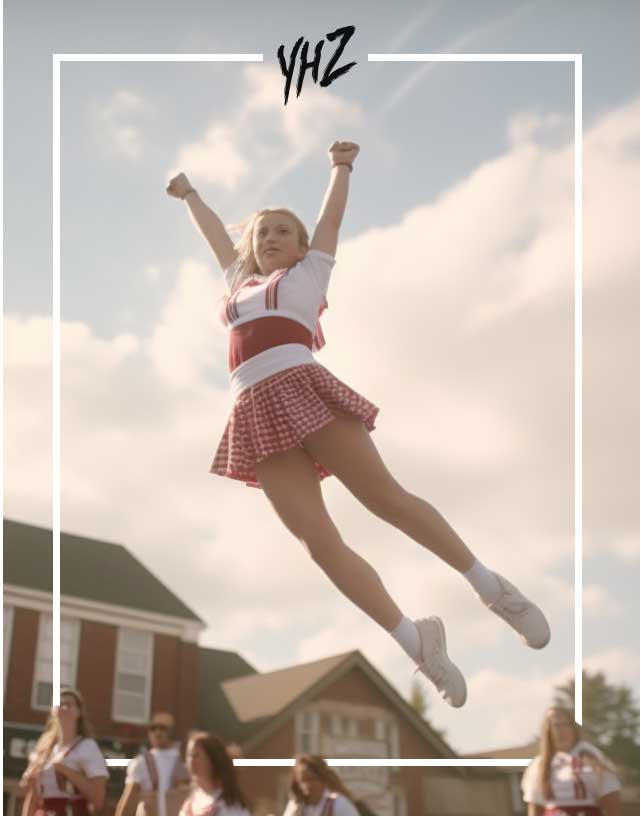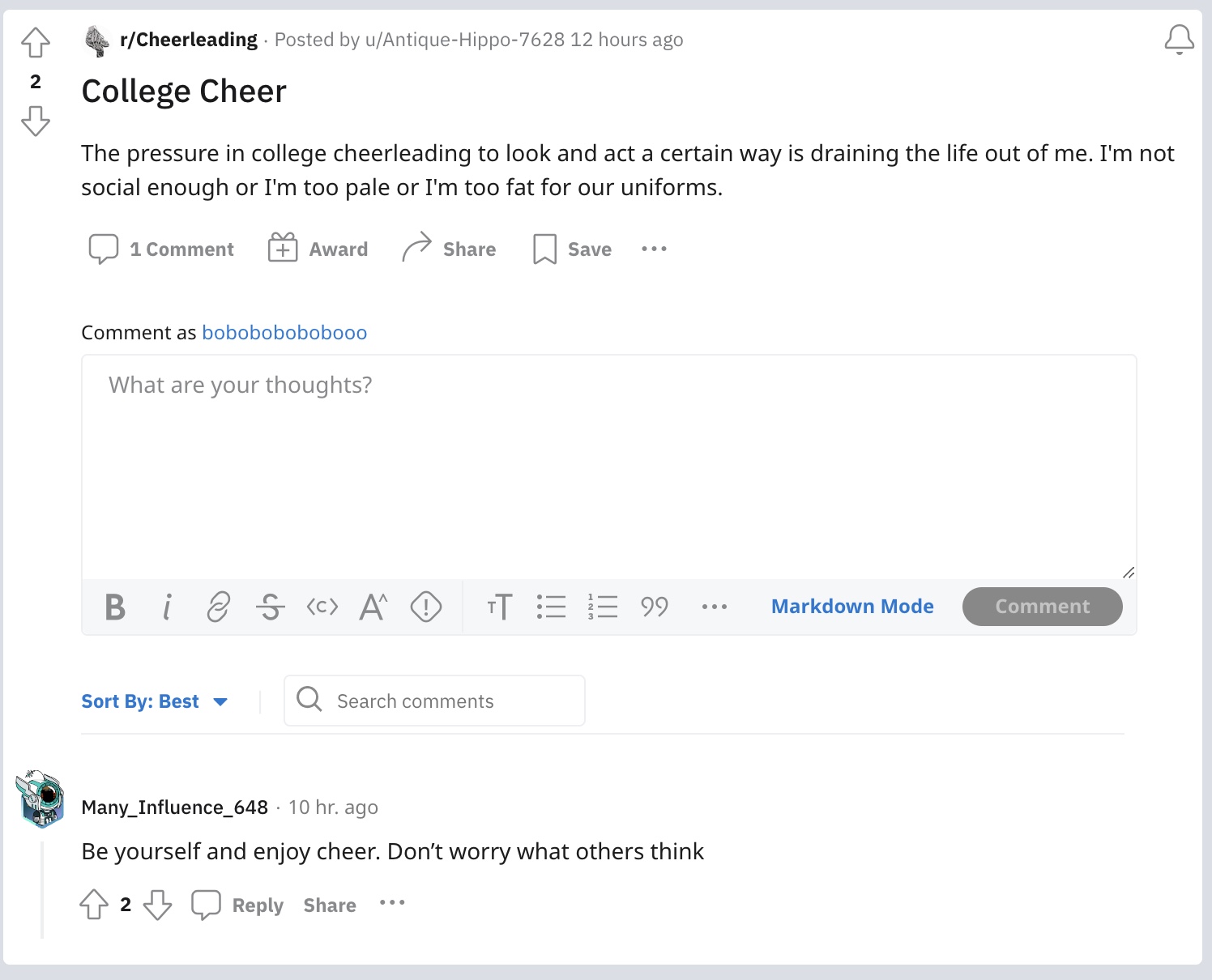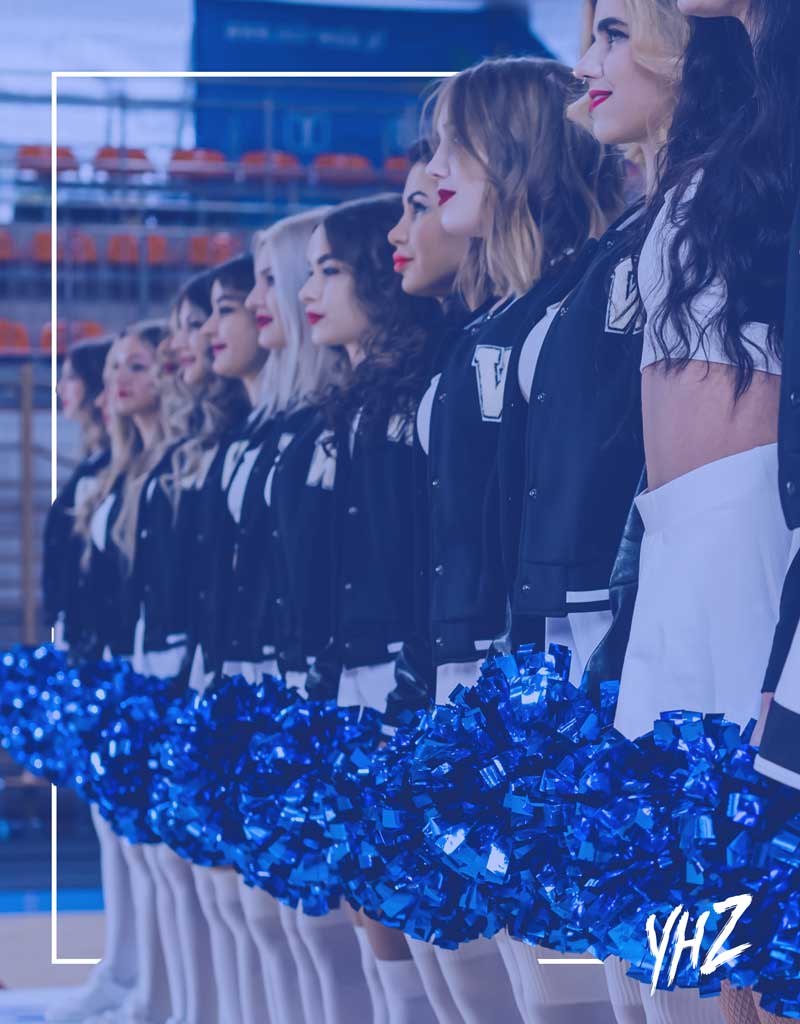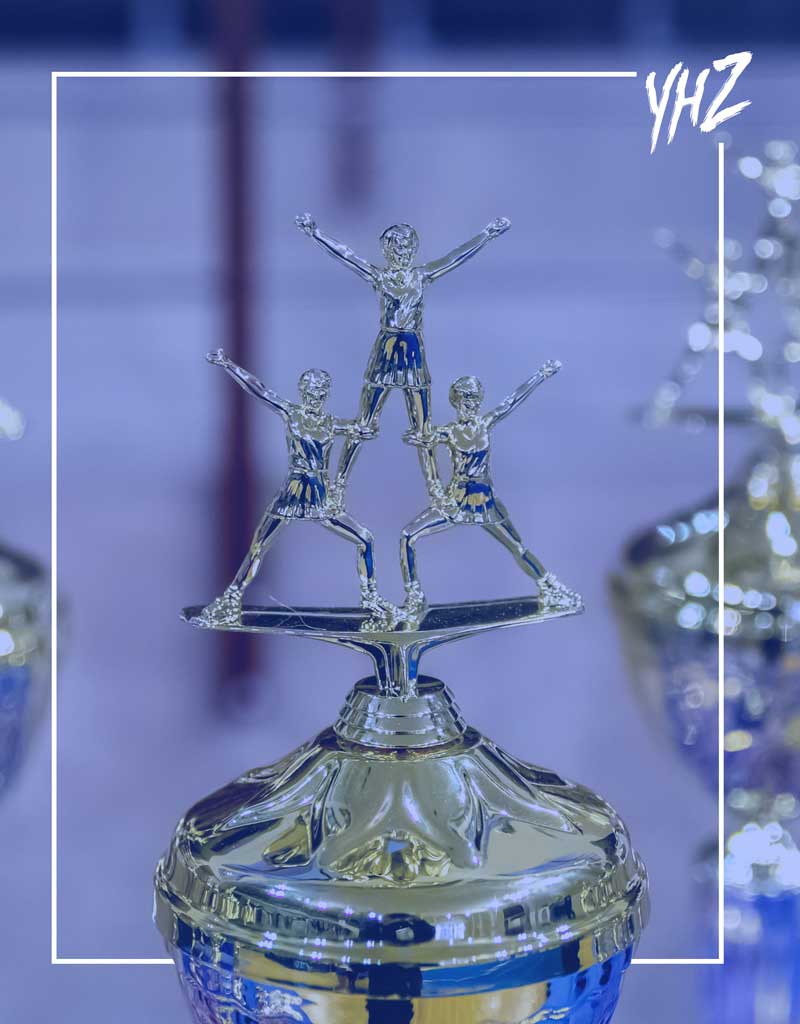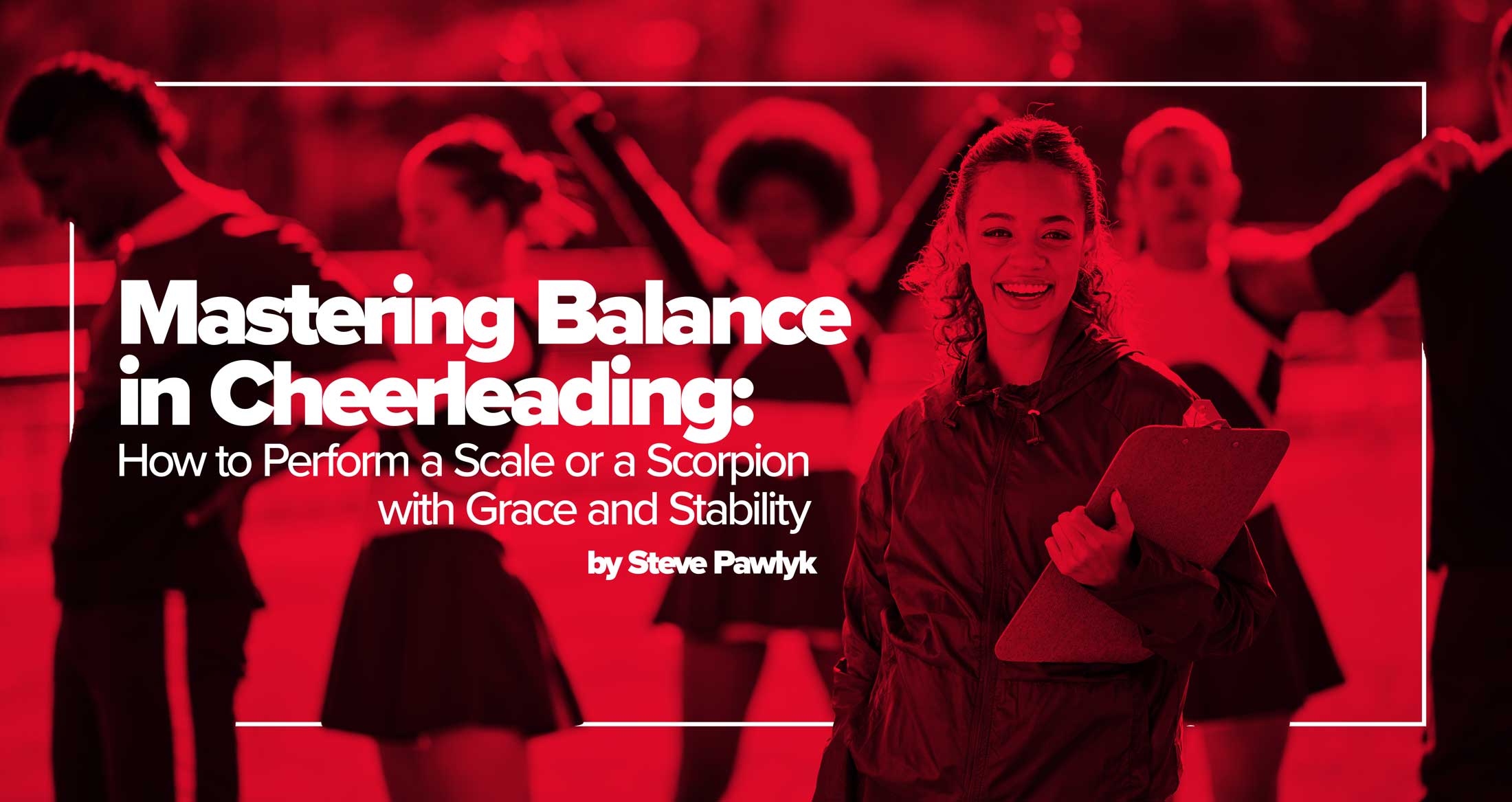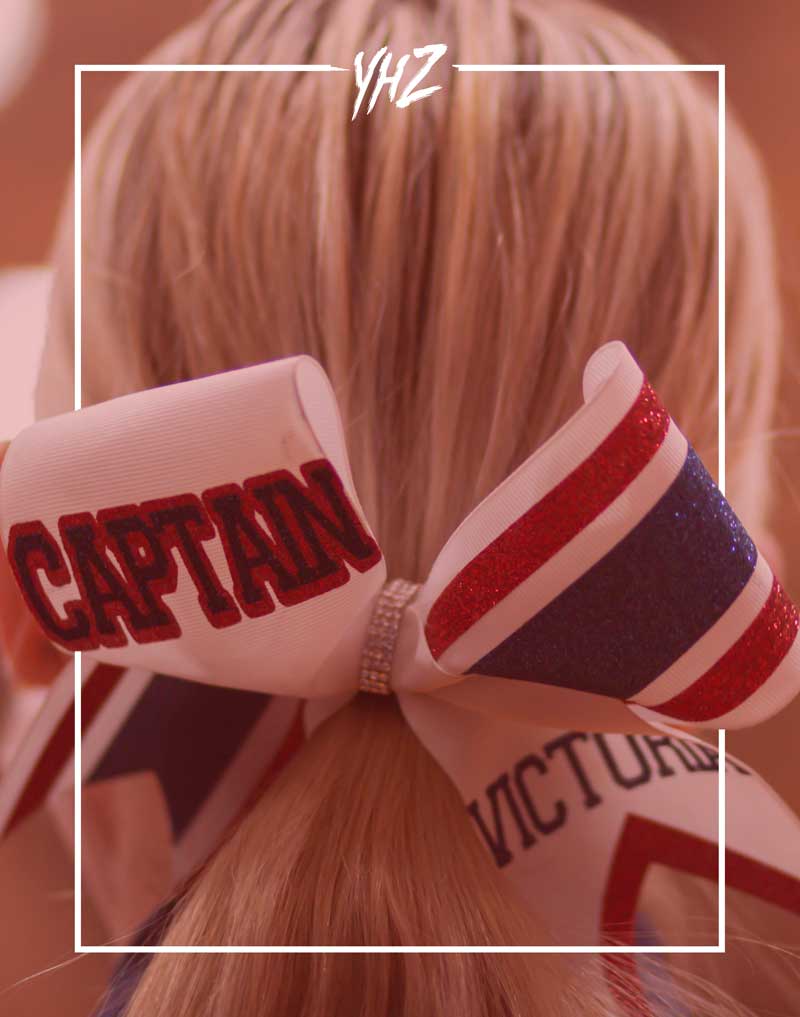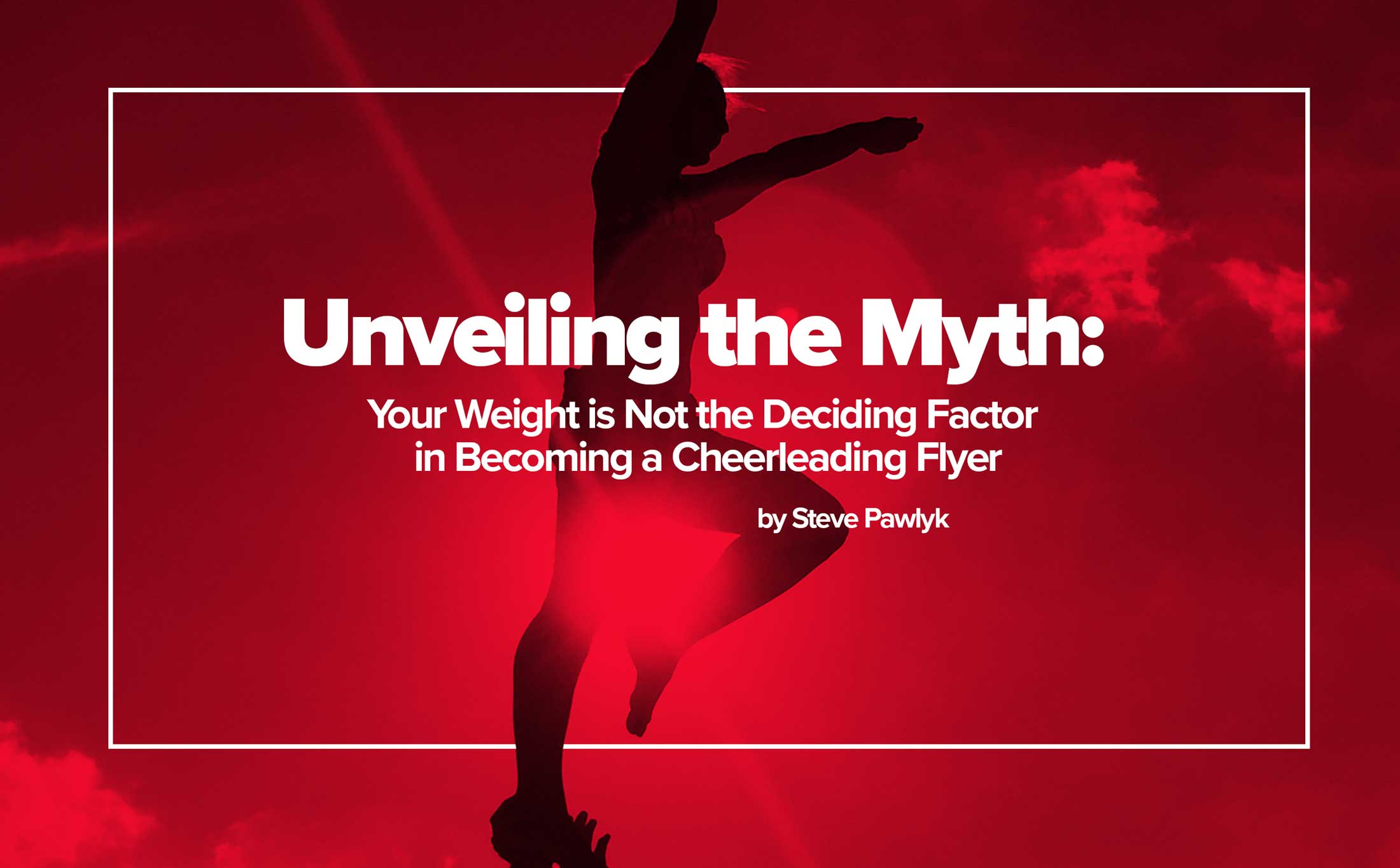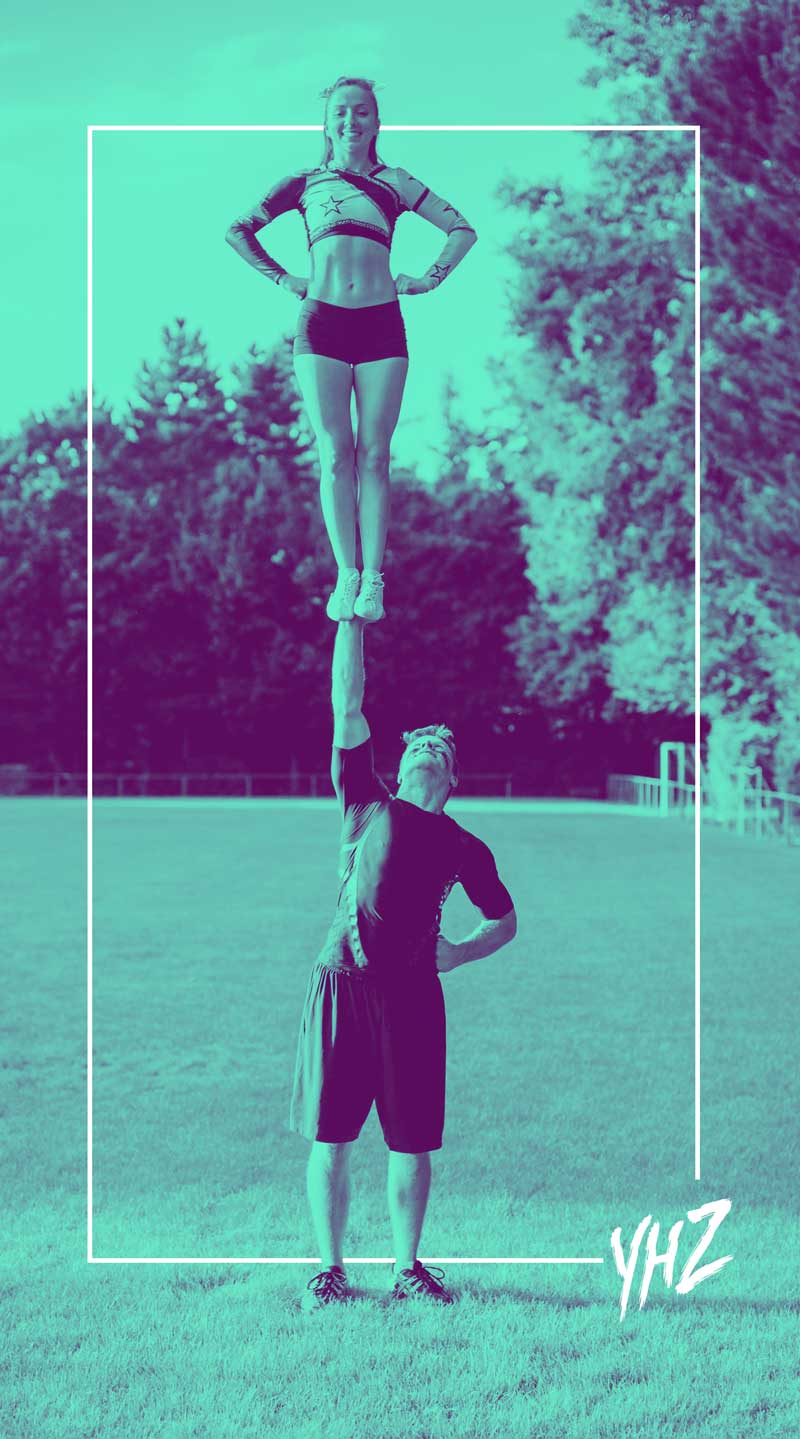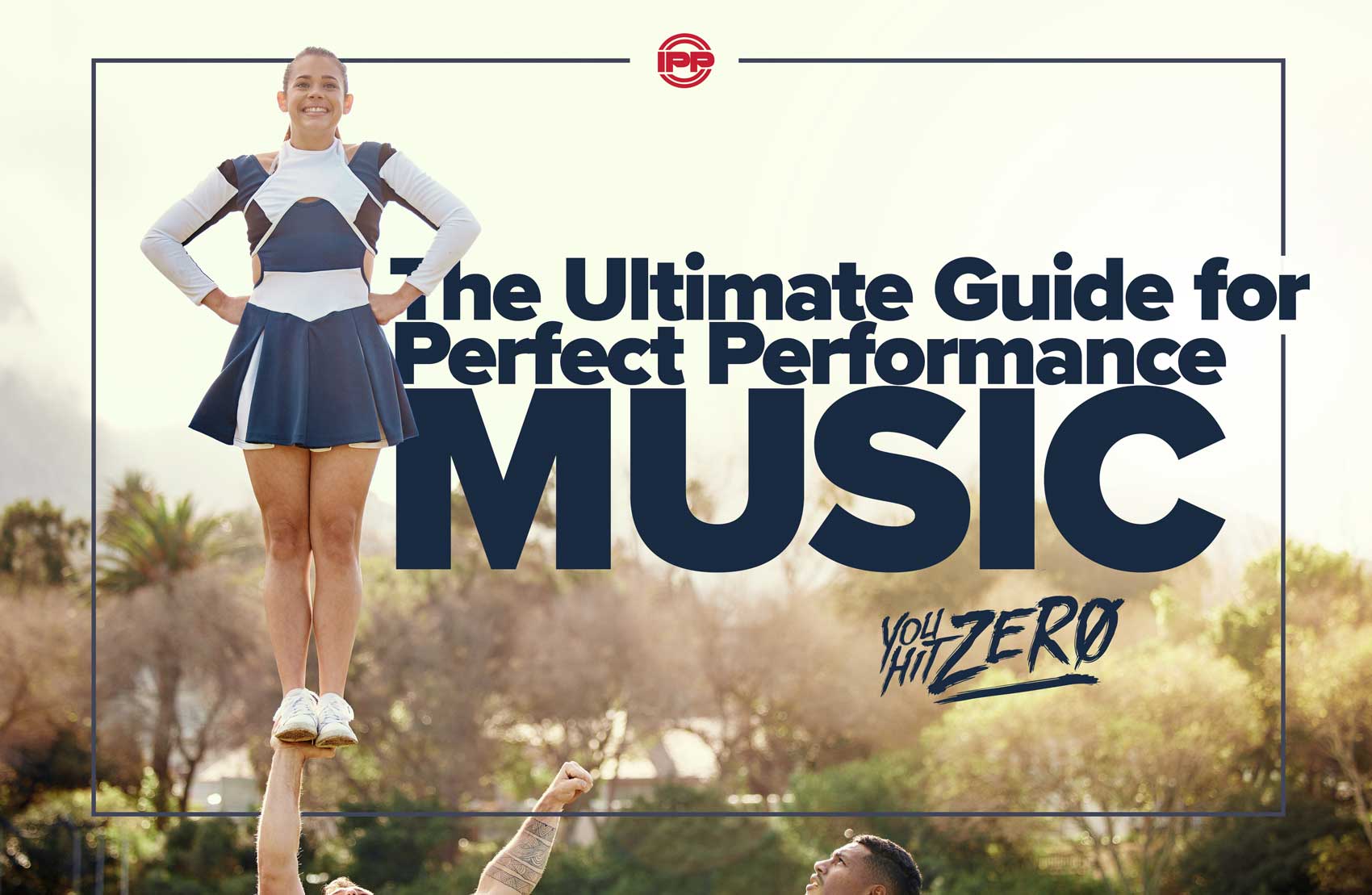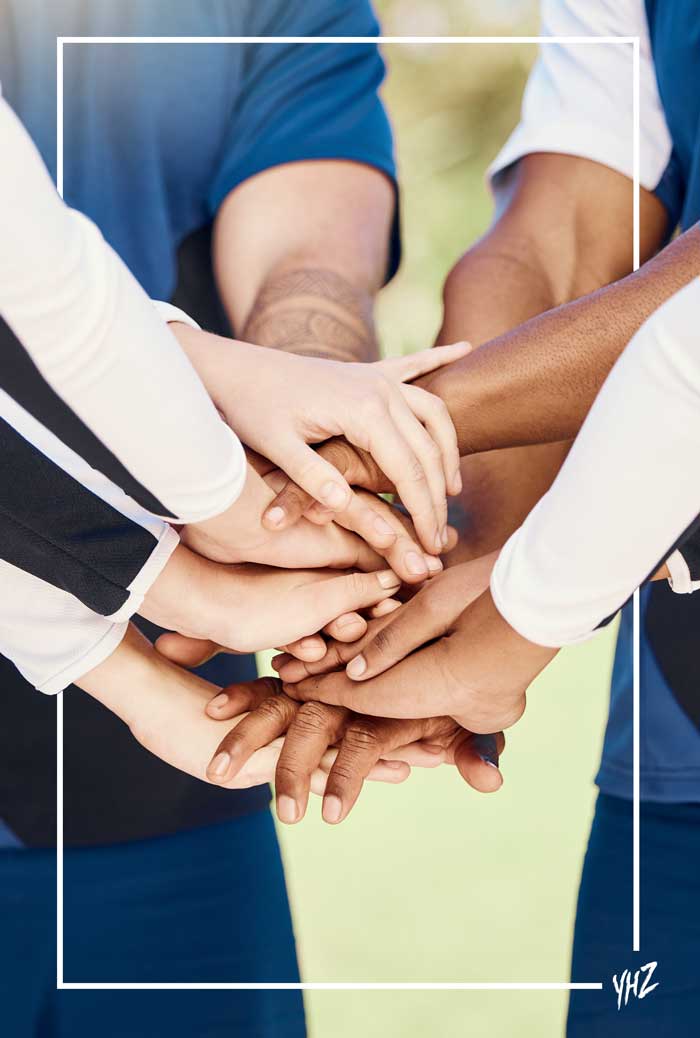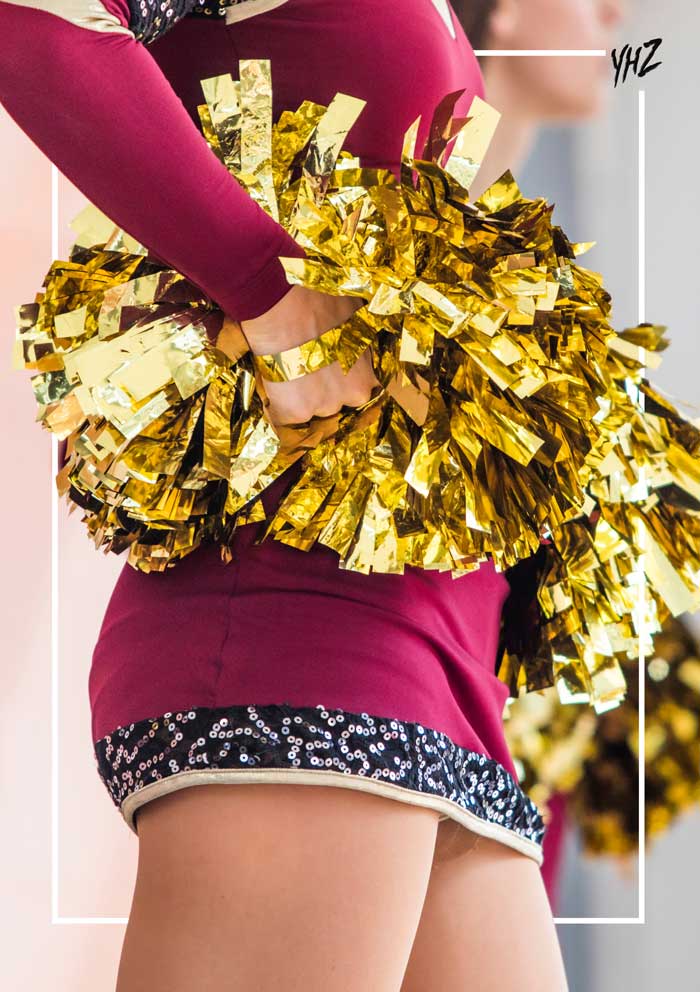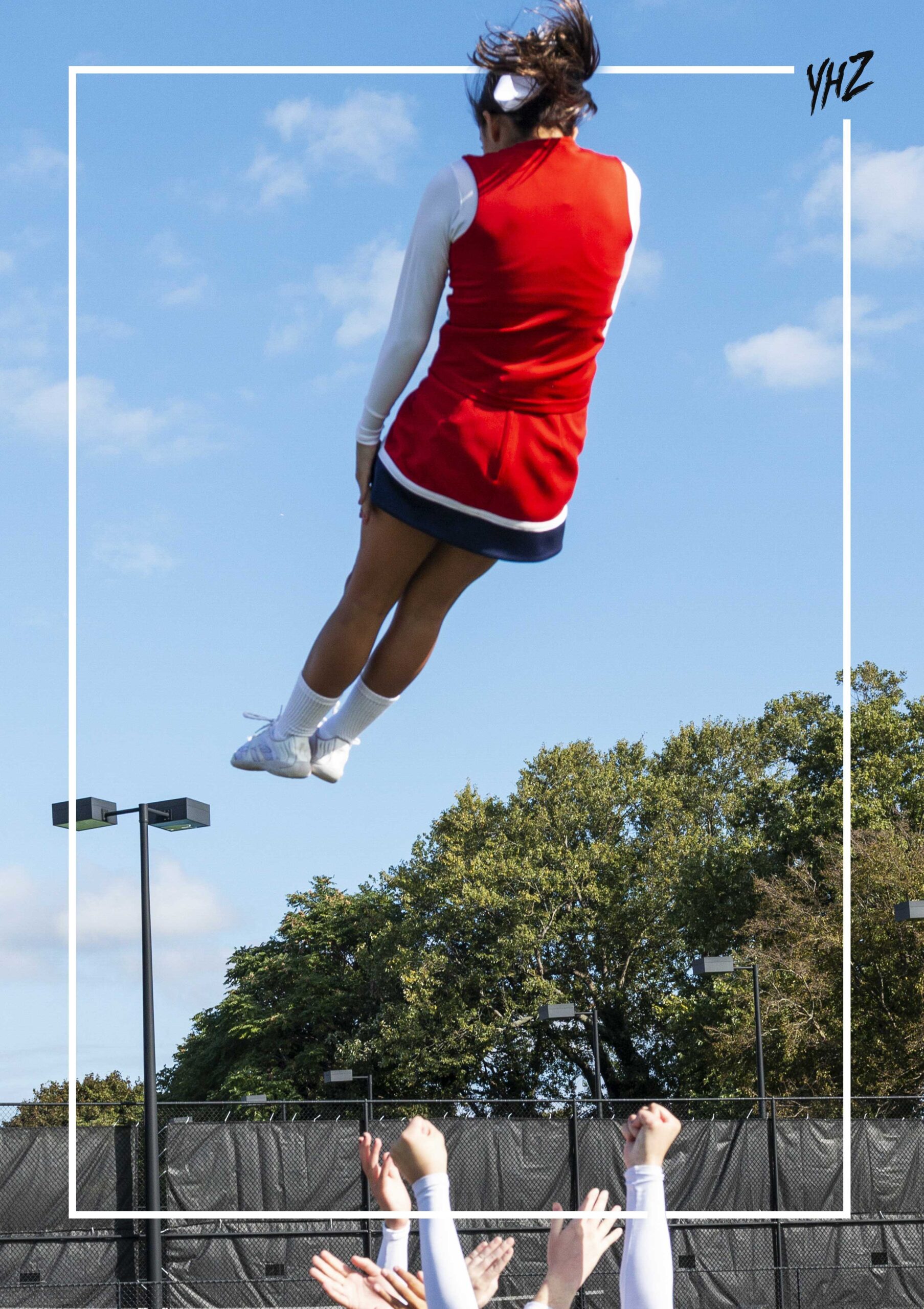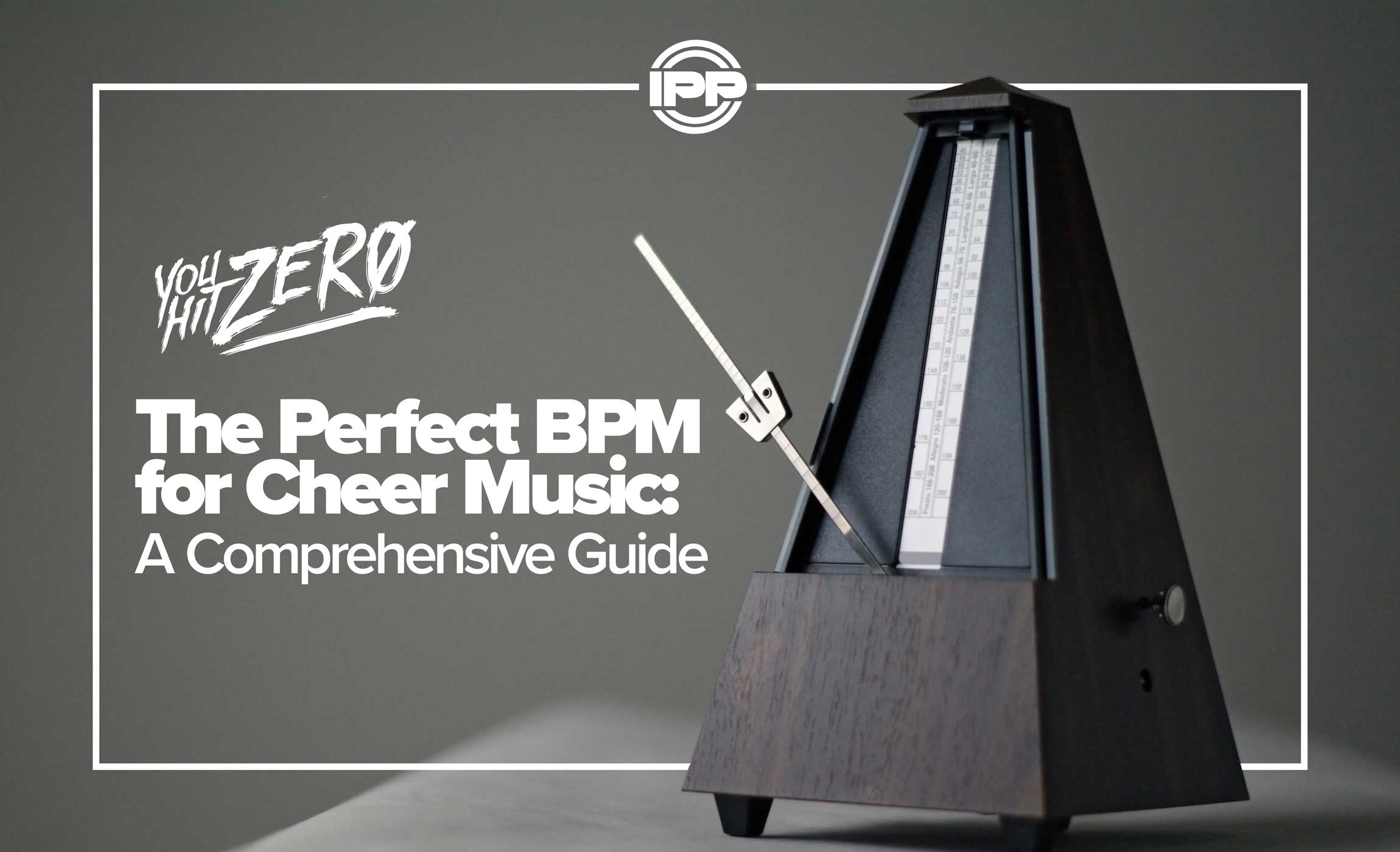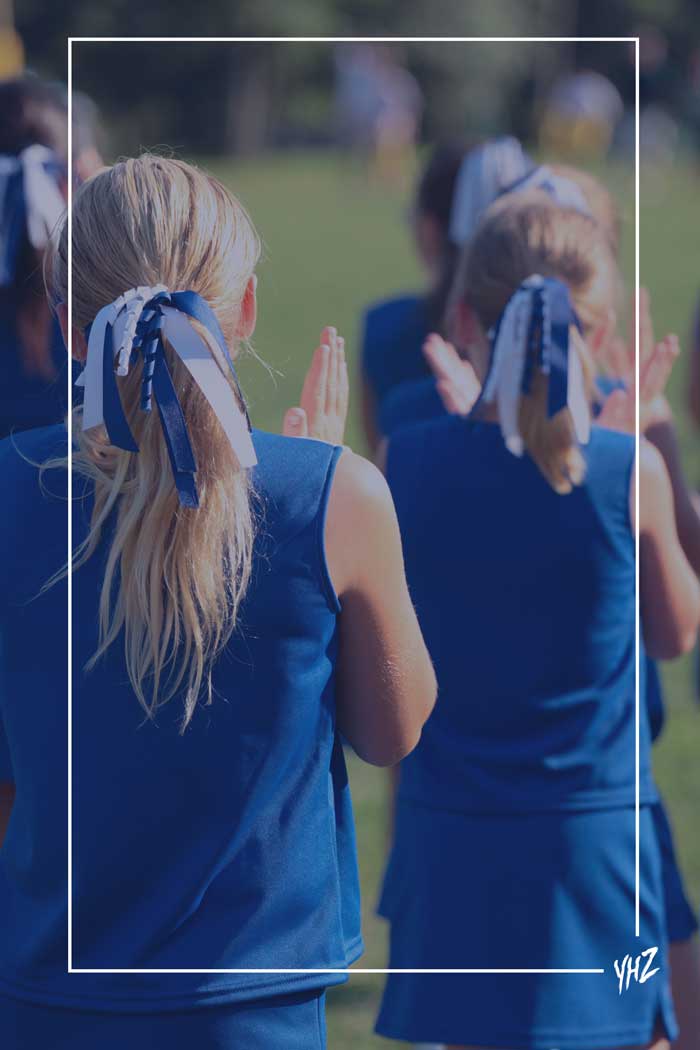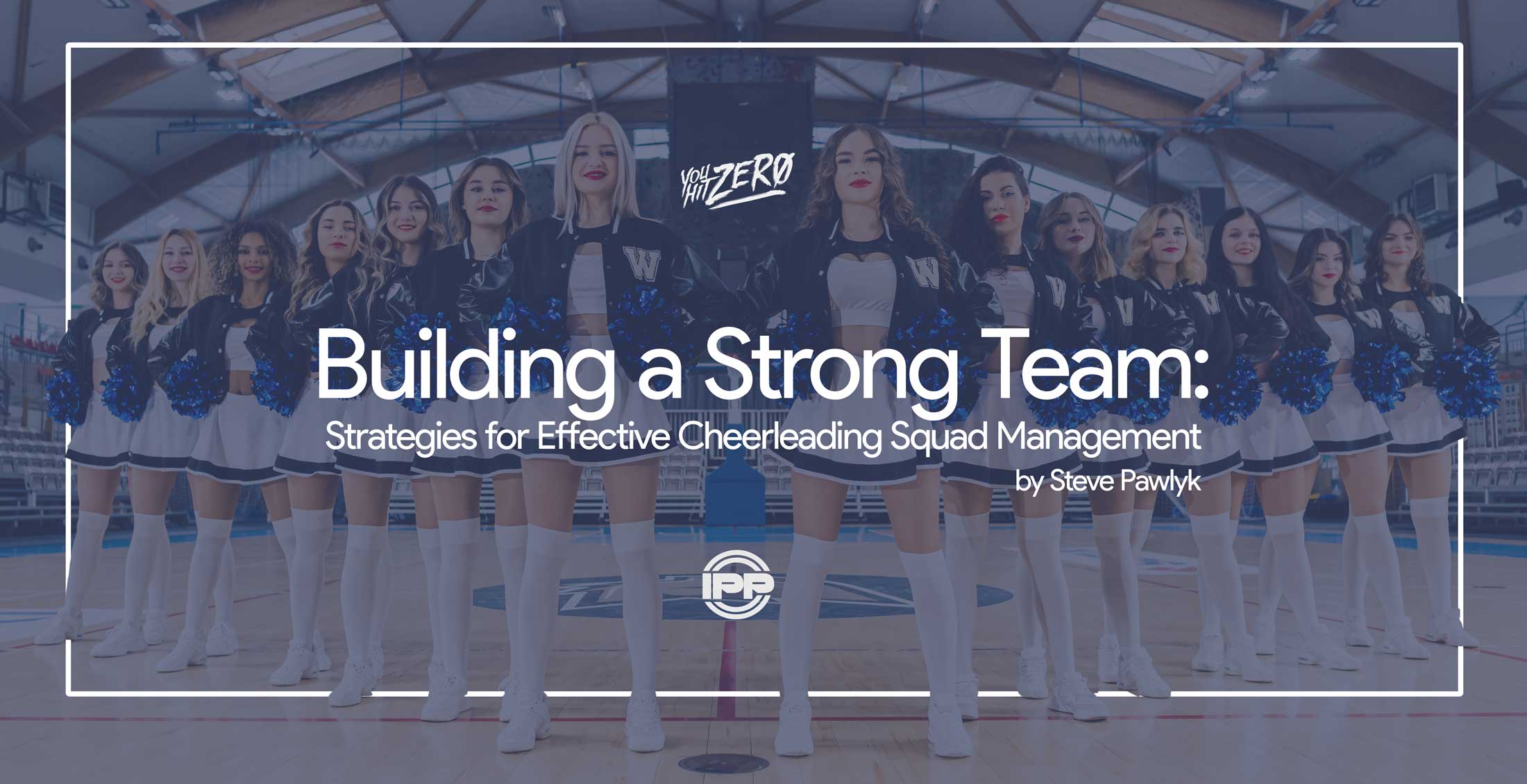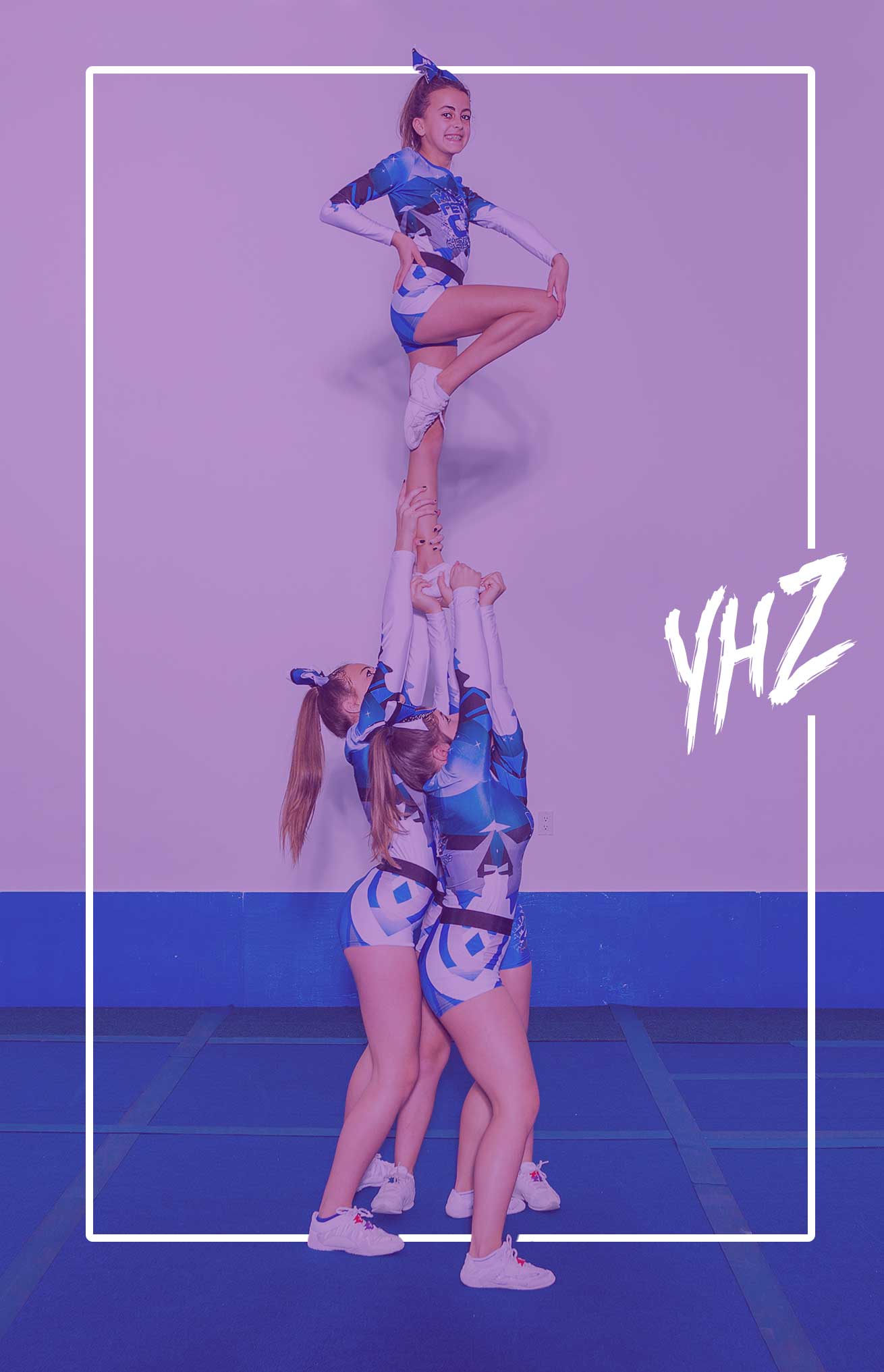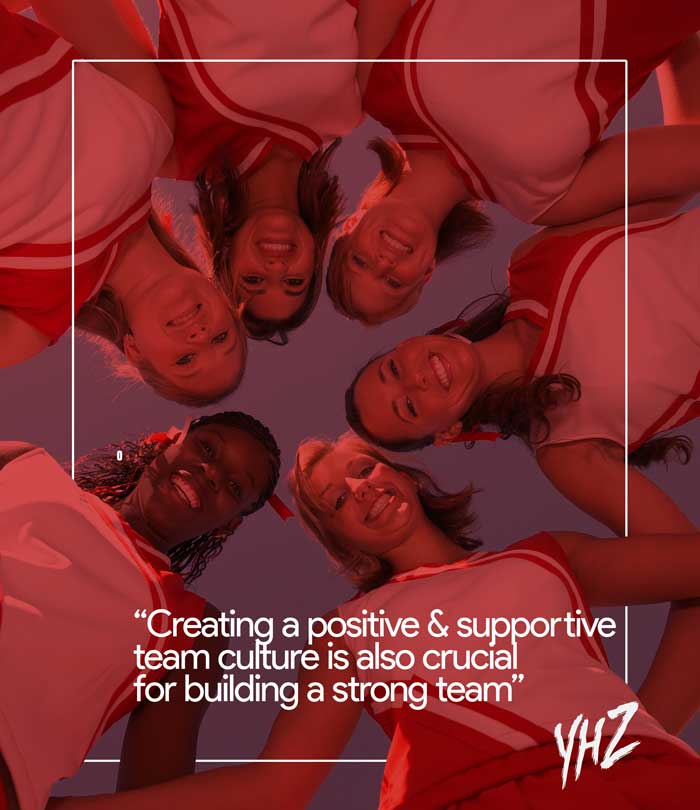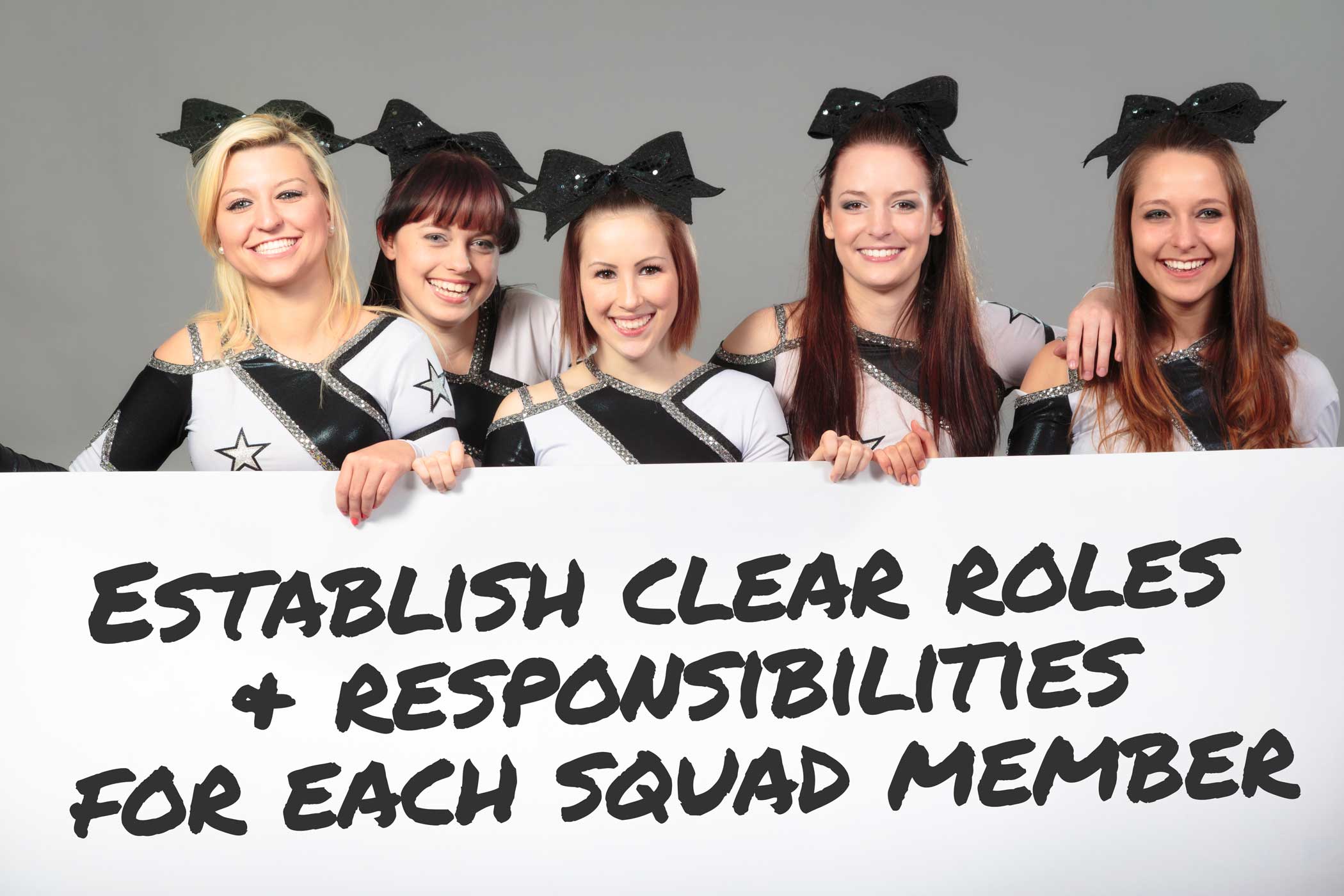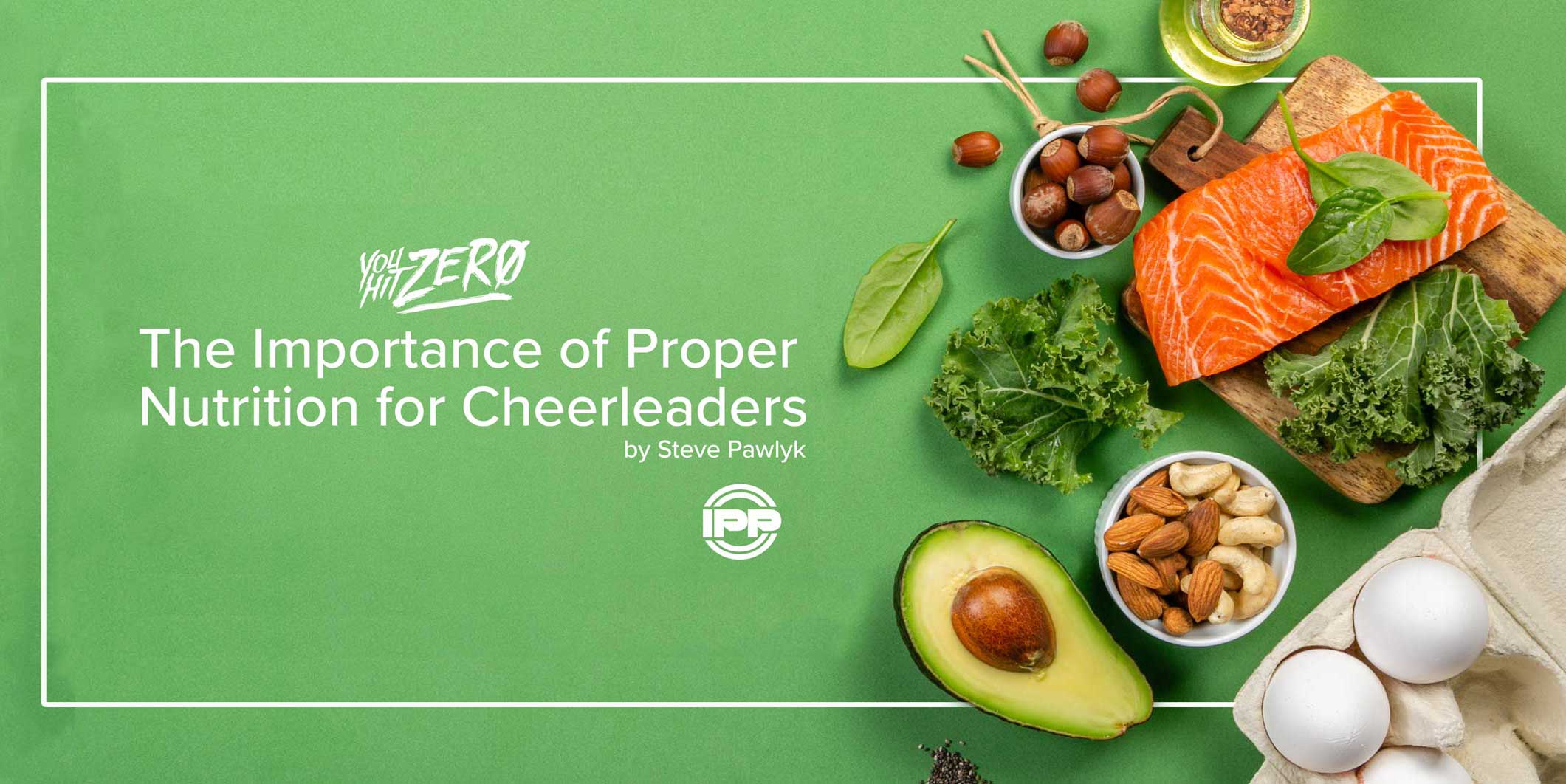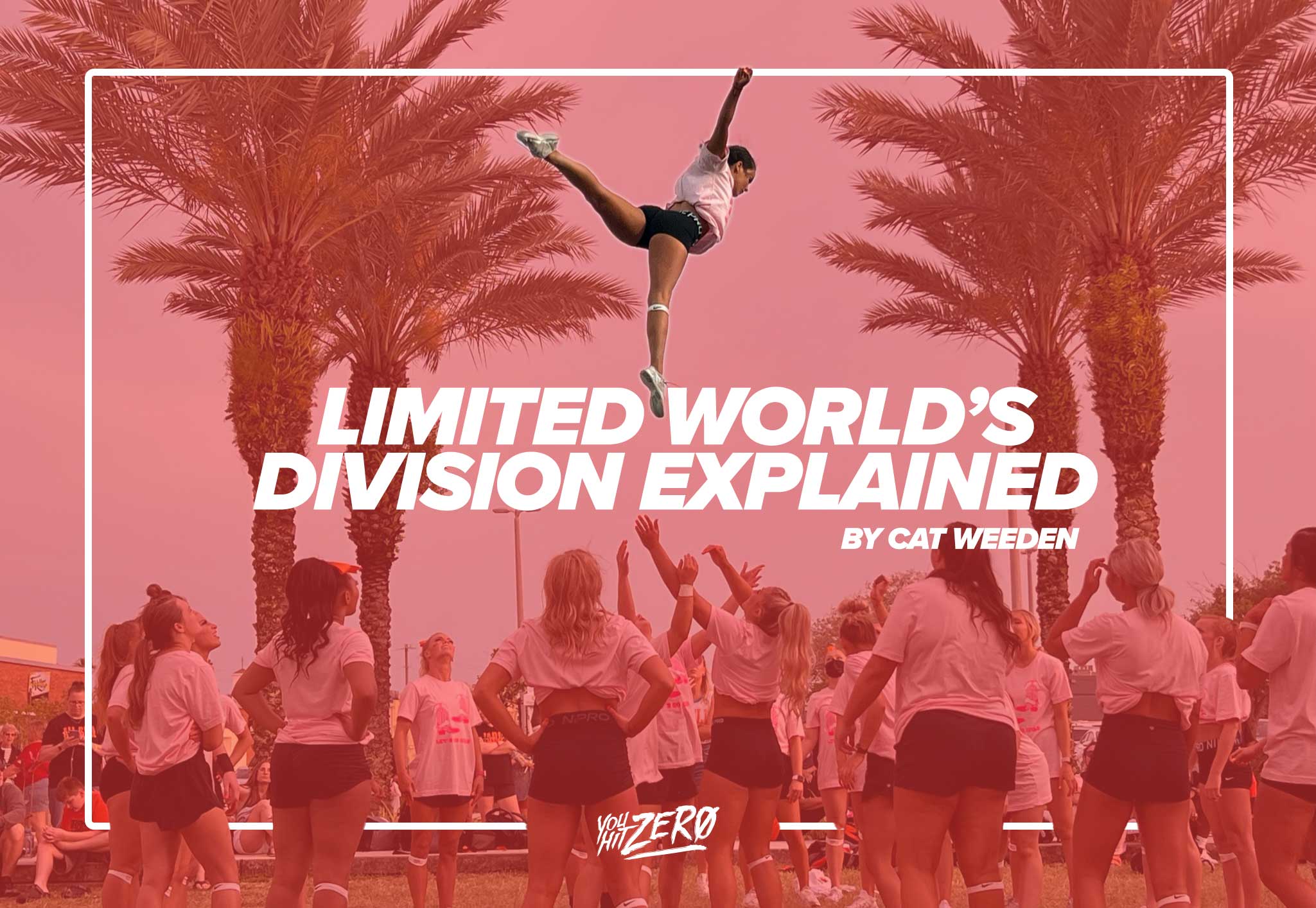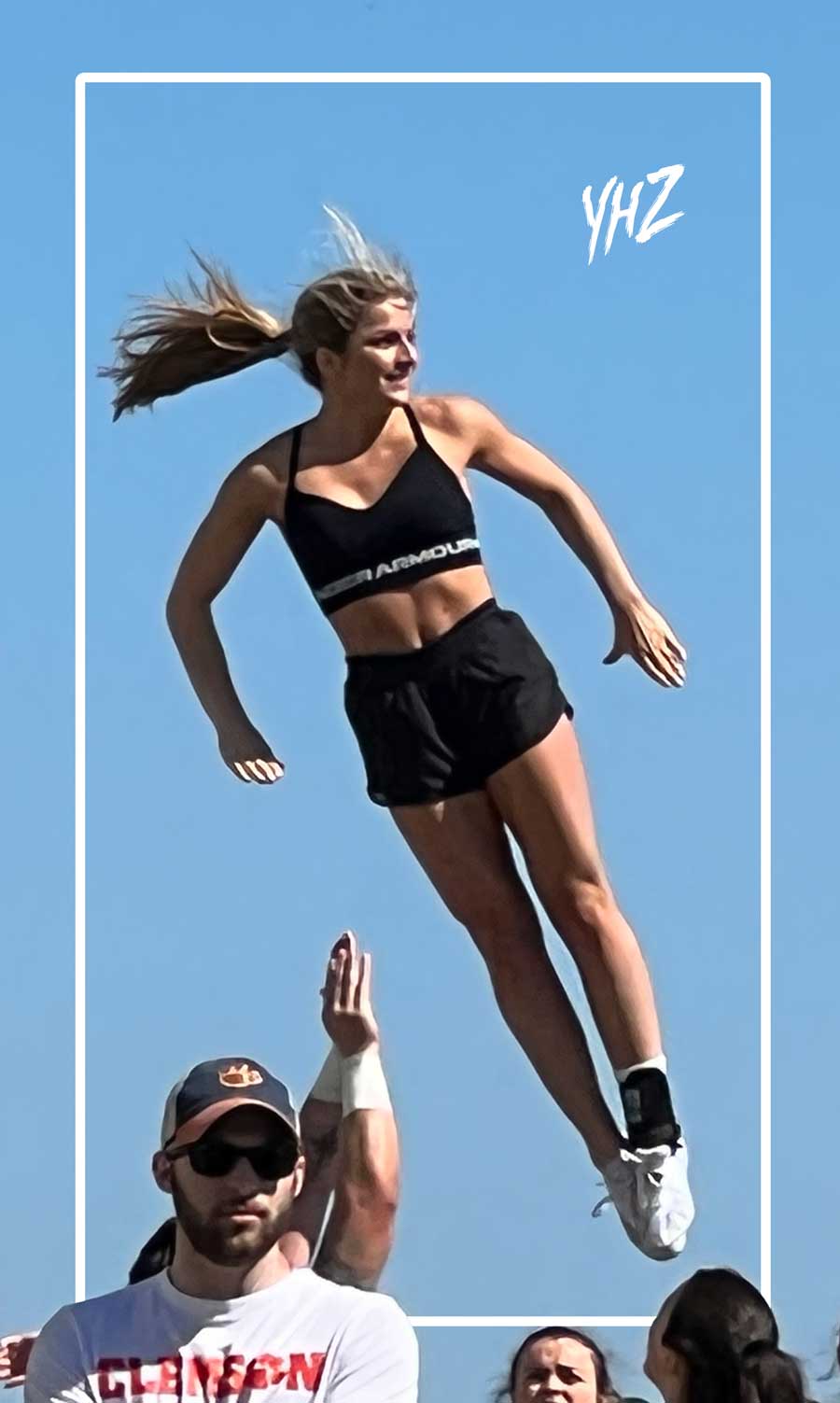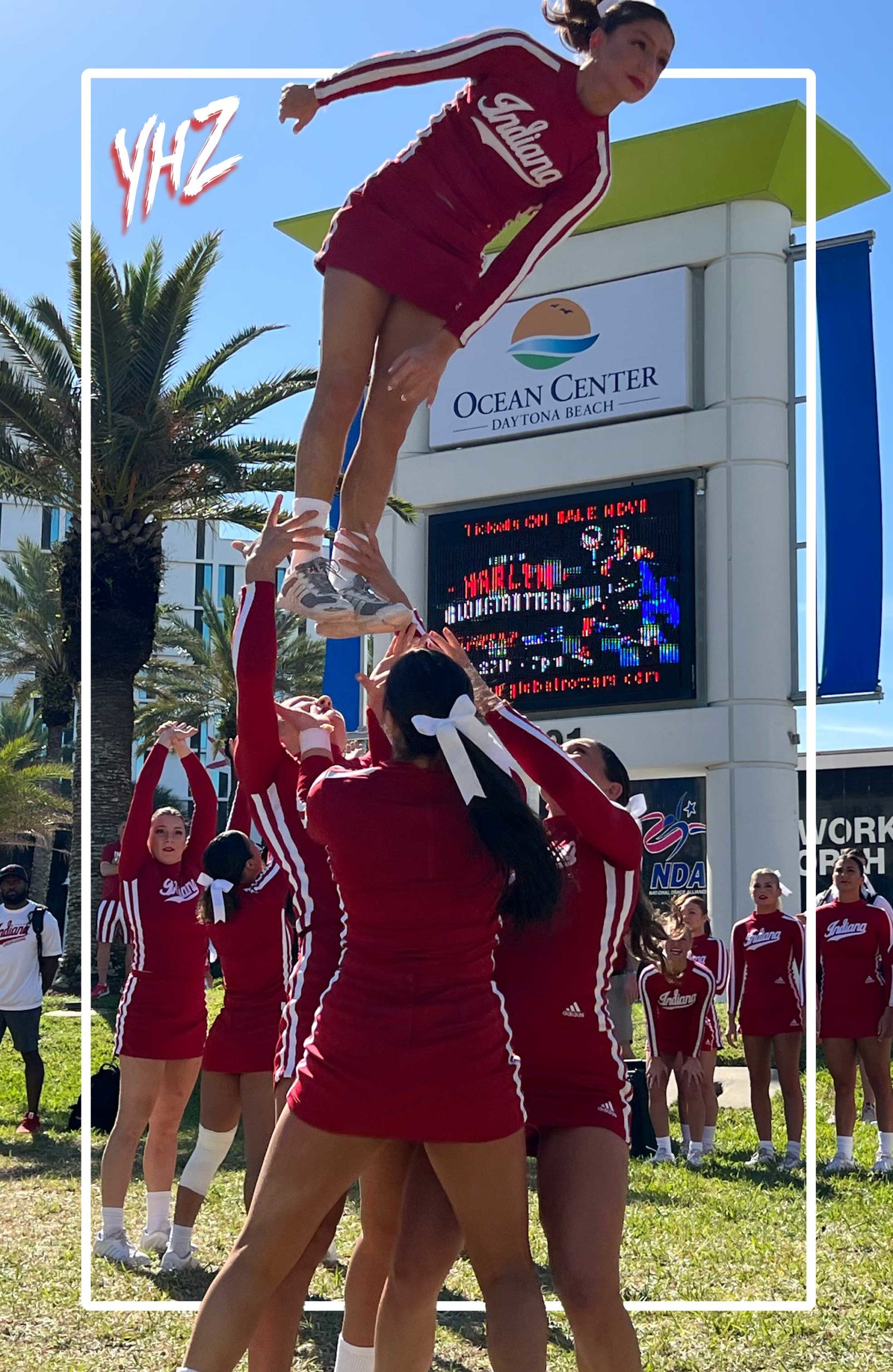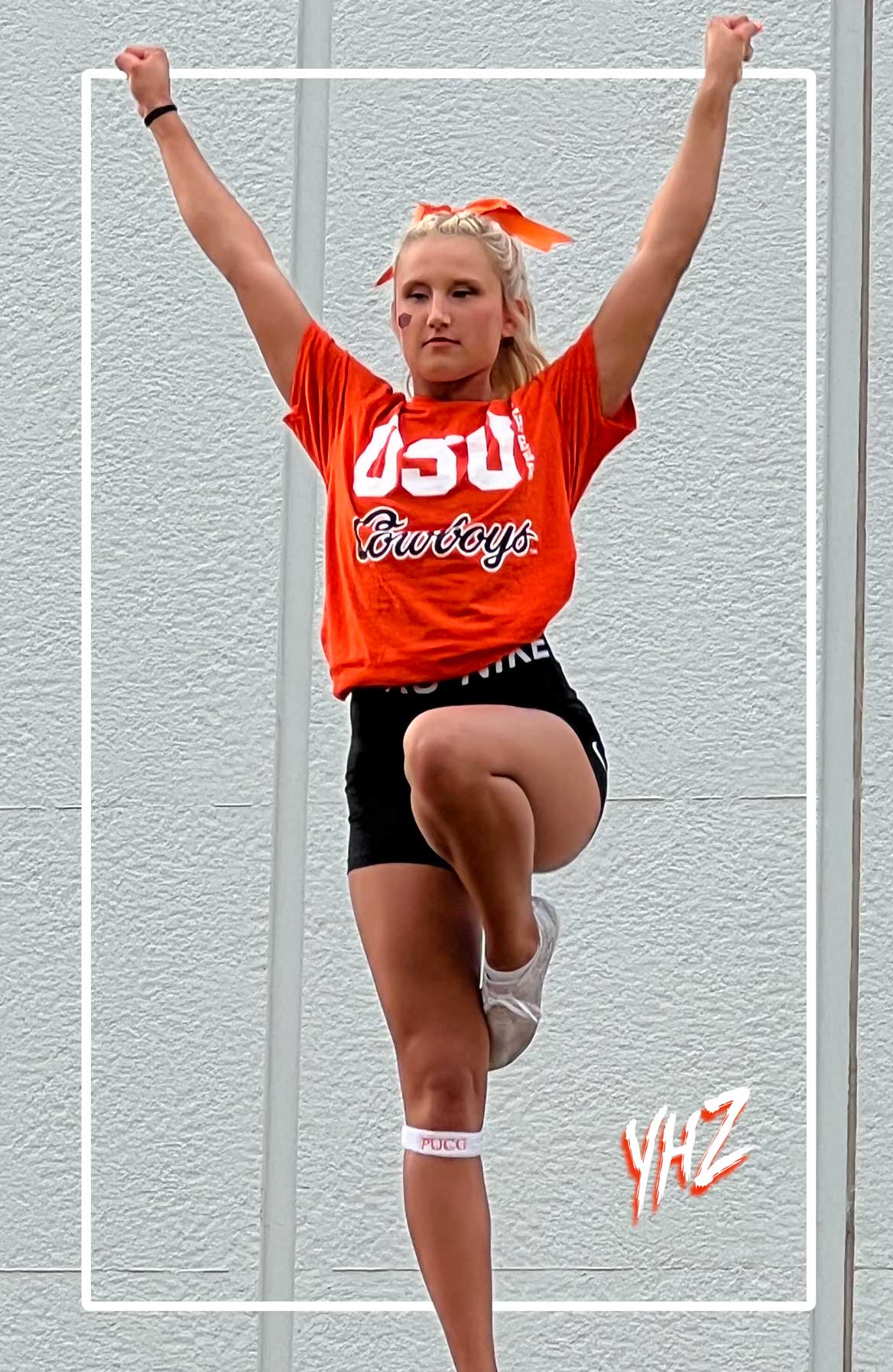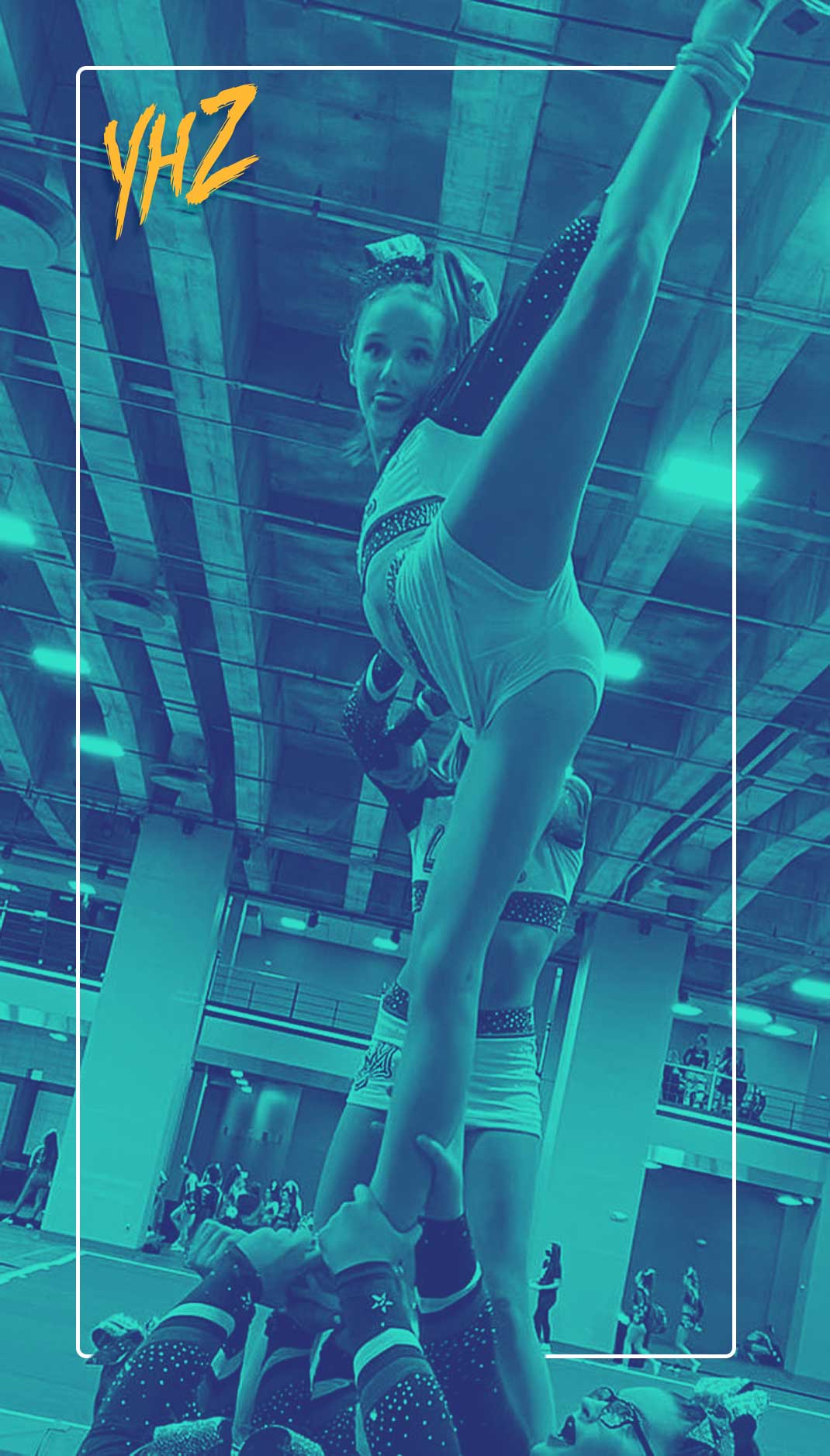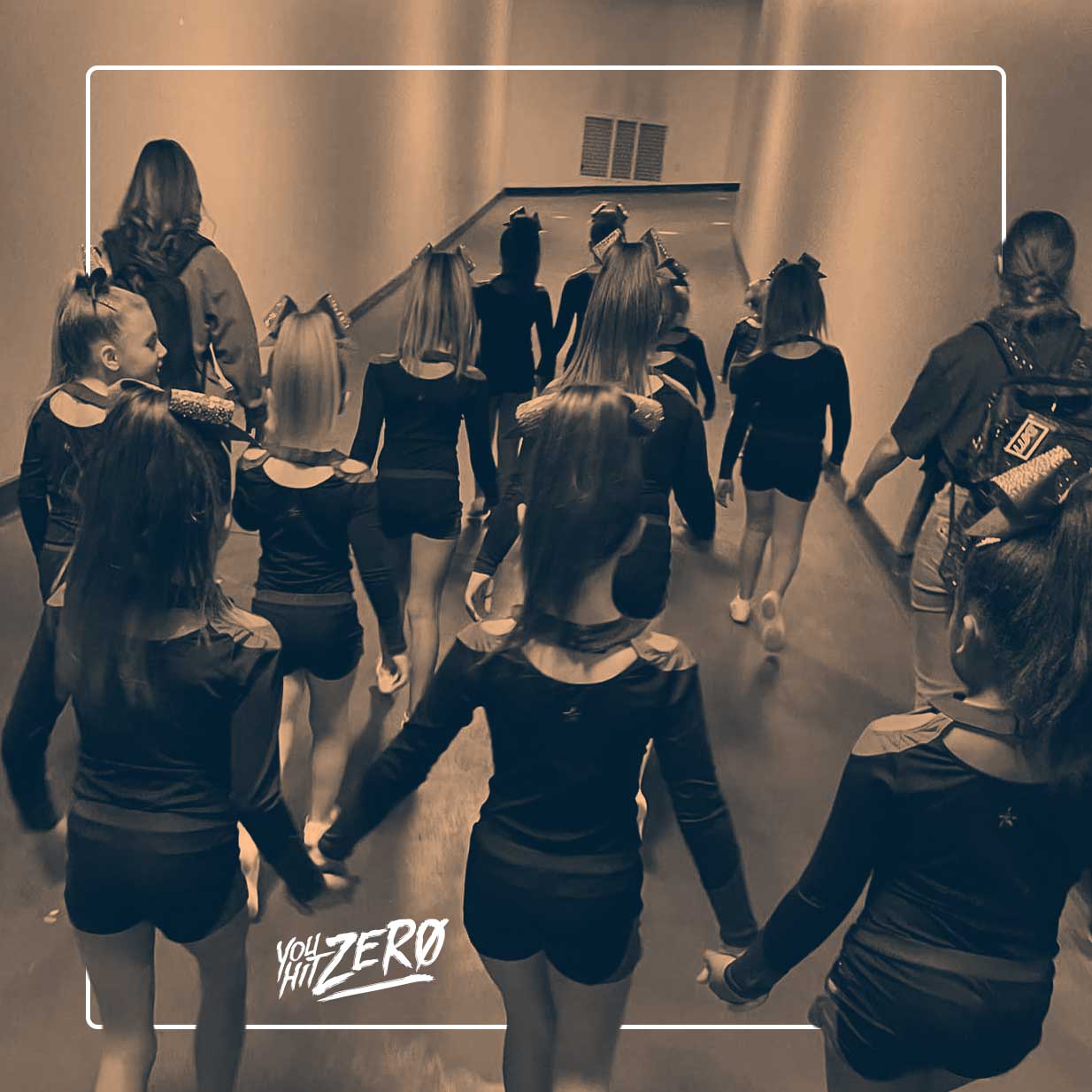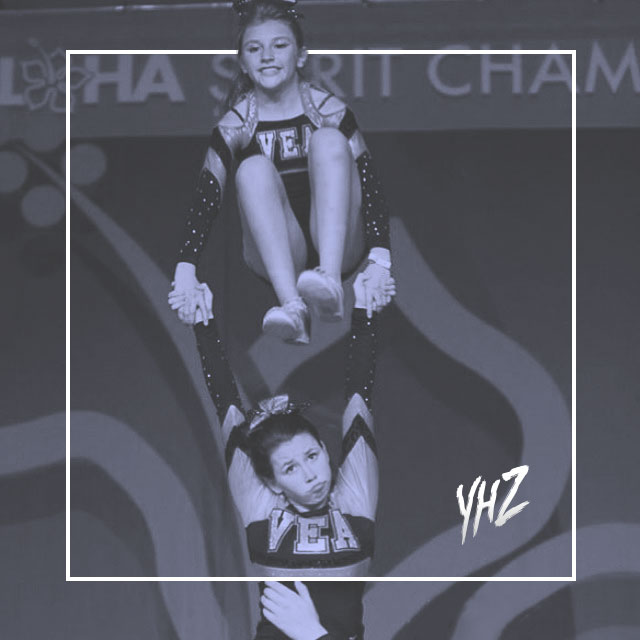By Steve Pawlyk
Published July 18, 2023
In the realm of cheerleading, an arena characterized by its intense energy, discipline, and passion, some institutions have carved a niche for themselves. Among them, the Trinity Valley Community College (TVCC) cheer program stands tall. With a legacy of numerous National Cheerleaders Association (NCA) championships and an integral feature in the second season of Netflix’s ‘CHEER!’, the TVCC cheer program shines brighter than most. This article delves into the reasons that set TVCC apart, shaping it into a titan of collegiate cheerleading.
Storied Legacy and Celebrated Rivalry
The legacy of TVCC cheer is a tapestry of hard-won victories, relentless training, and an insatiable drive to excel. This program has consistently outshone other colleges with its unrelenting streak of NCA championships, positioning itself firmly in the cheerleading hall of fame. A significant portion of this illustrious history intertwines with the rise of its celebrated rival, Navarro College.
Navarro and TVCC have come to personify the zenith of junior college cheerleading, an exceptional feat considering the multitude of cheer programs nationwide. TVCC was the original powerhouse with its dominant victories in 1989, ’90, ’91, and ’93. When Monica Aldama took the helm of Navarro’s cheer team in 1995, the stage was set for a rivalry that would not only push the boundaries of the sport but also captivate audiences worldwide. The intense competition between the two, documented in Netflix’s ‘CHEER!’, has thrust both programs into the global spotlight, becoming the essence of collegiate cheerleading’s biggest battle.

High-Intensity Training and Exceptional Coaching
Key to the continuous success of the TVCC cheer program is its commitment to rigorous training regimens under the guidance of an experienced and devoted coaching staff. These coaches, including the dynamic Vontae Johnson who joined in 2017, leverage their vast industry experience to deliver innovative techniques, instill advanced safety precautions, and foster mental toughness in their athletes. This approach has led to the creation of teams that are not just athletically excellent but also capable of maintaining composure under high-pressure situations.
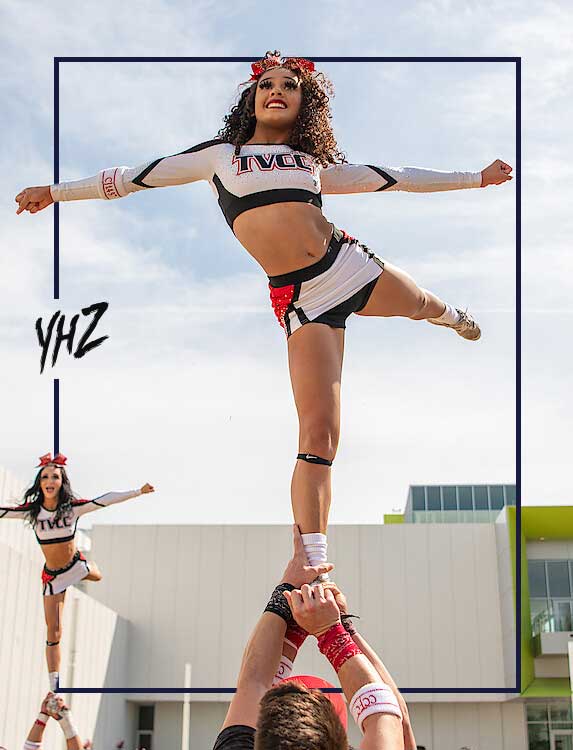
Emphasis on Academic Excellence
While many cheer programs focus primarily on physical aptitude, TVCC cheer takes a more comprehensive approach. The program underscores the importance of strong academic performance alongside athletic prowess, promoting a balanced approach to success. This encourages athletes to excel not just on the cheer mat but also in the classroom, nurturing well-rounded individuals prepared to face any challenge.
Unwavering Community Support
TVCC’s cheer program flourishes with the backing of a community that truly supports and celebrates its athletes. From ardent fans to dedicated alumni, the TVCC community offers an unwavering support system that boosts team morale, motivation, and ultimately, performance.
Superior Facilities
TVCC is home to state-of-the-art cheer facilities that aid in honing the skills of its athletes. With top-notch equipment and amenities, the program provides a safe and effective training environment, reflecting its commitment to its athletes’ success.
Strong Emphasis on Teamwork
One of TVCC cheer’s unique aspects is its emphasis on teamwork and camaraderie. Beyond individual brilliance, the program nurtures a sense of unity among the cheer squad, resulting in performances where each routine is an impeccably coordinated spectacle.
All-Round Development
TVCC cheer’s commitment extends beyond the athletic realm, offering opportunities for comprehensive growth of its athletes. The program aids in developing leadership skills, work ethics, and emotional intelligence, ensuring that TVCC cheerleaders succeed not only on the cheer stage but also in their personal and professional lives.
The ‘CHEER!’ Spotlight
The TVCC cheer program’s excellence was brought to international attention through its feature in the second season of Netflix’s ‘CHEER!’. This worldwide exposure not only solidified TVCC’s position in the global cheerleading landscape but also offered an insightful behind-the-scenes look into the dedication and hard work that drives its success.
In essence, the TVCC cheer program sets the standard in cheerleading through its rich legacy, high-quality coaching, holistic approach to success, strong community backing, superior facilities, focus on teamwork, and commitment to comprehensive development. Its spotlight in Netflix’s ‘CHEER!’ and the riveting rivalry with Navarro College have only served to further enhance its reputation as a leading cheer program, setting the stage for exciting developments in the future.
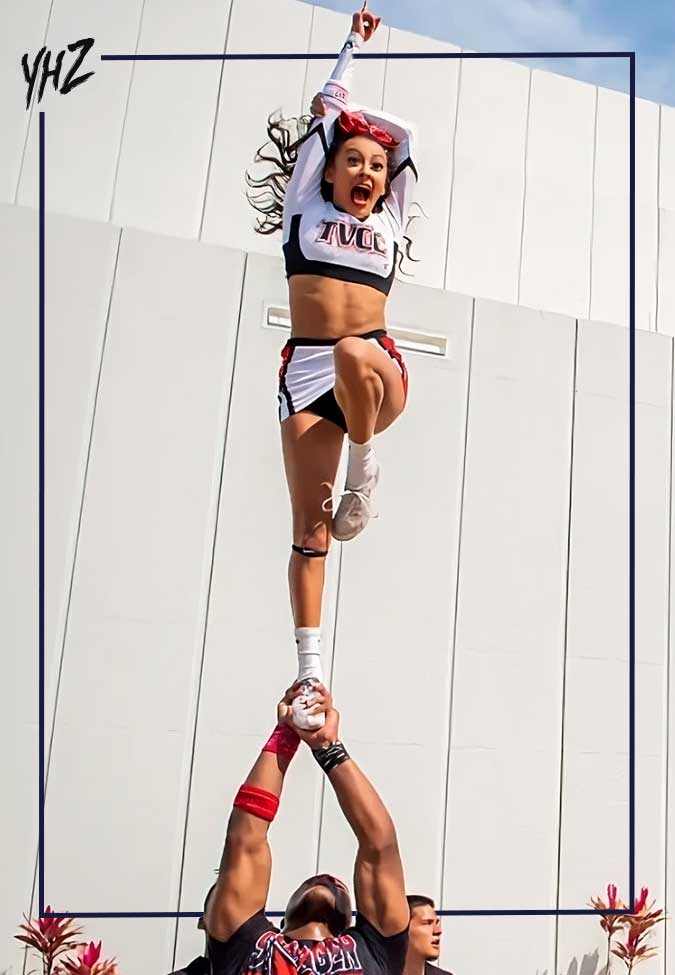
IPP's Premade Mixes are USA Cheer Compliant and customizable! Add Sound FX, swap songs, & more! Add your Team Name to the mix for only $10!



